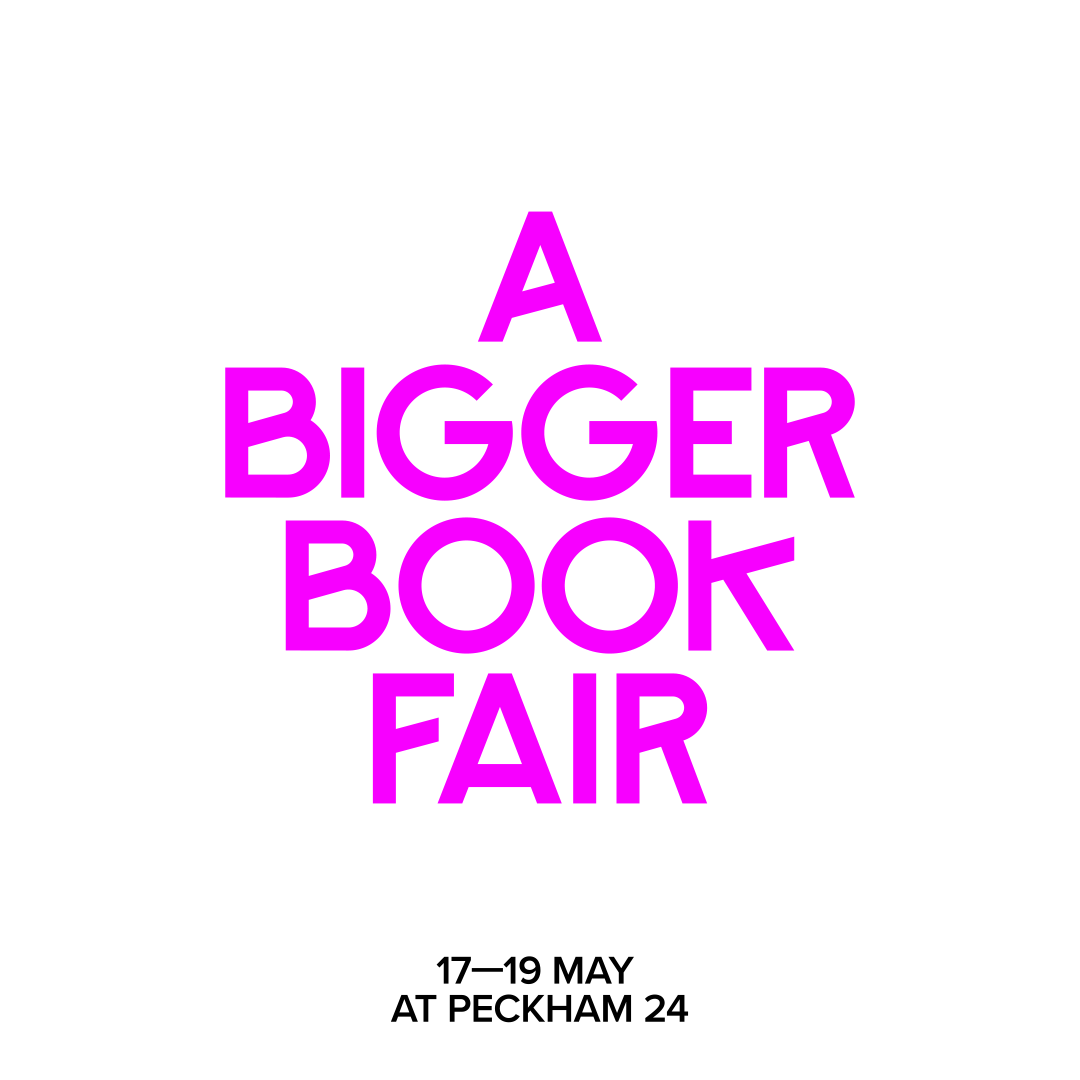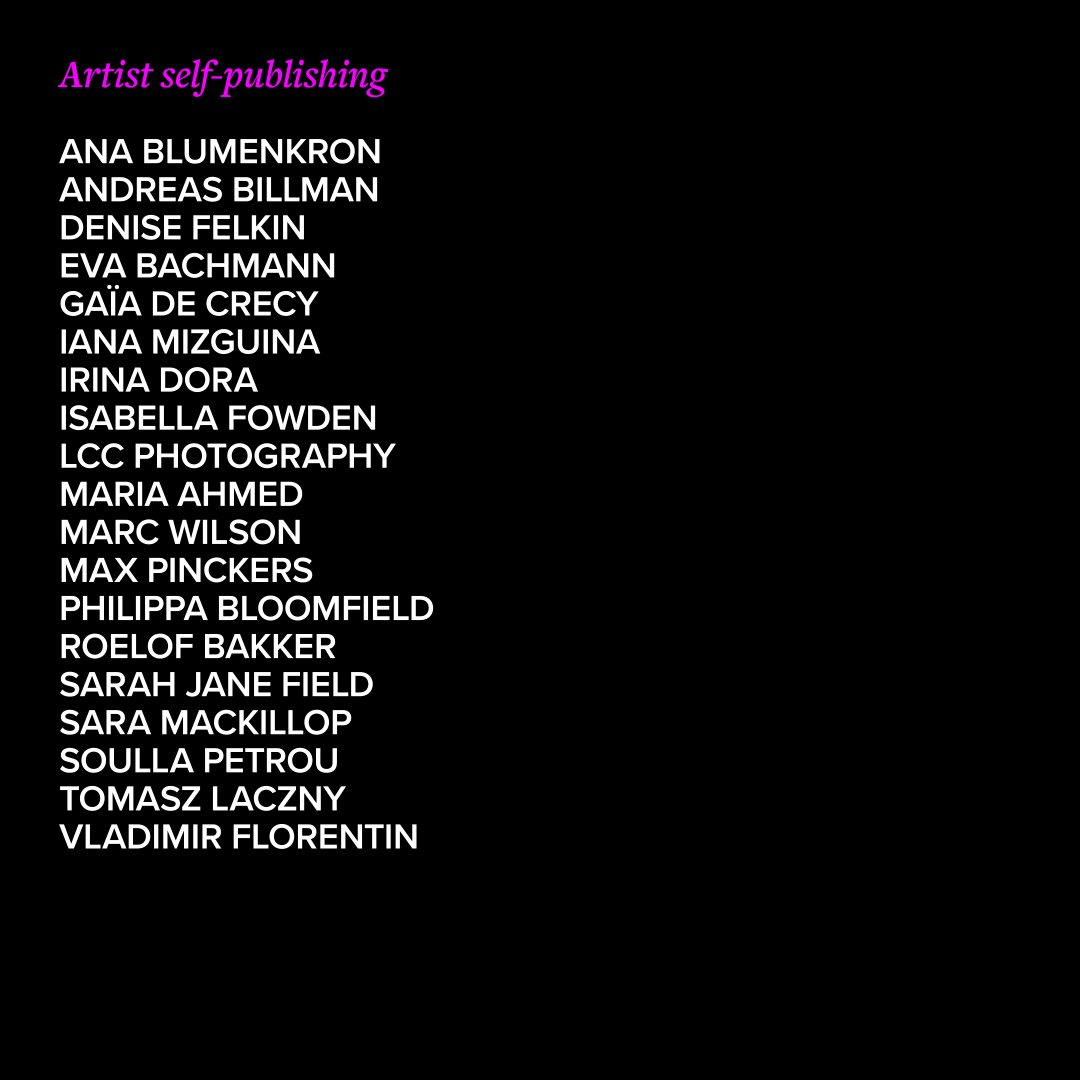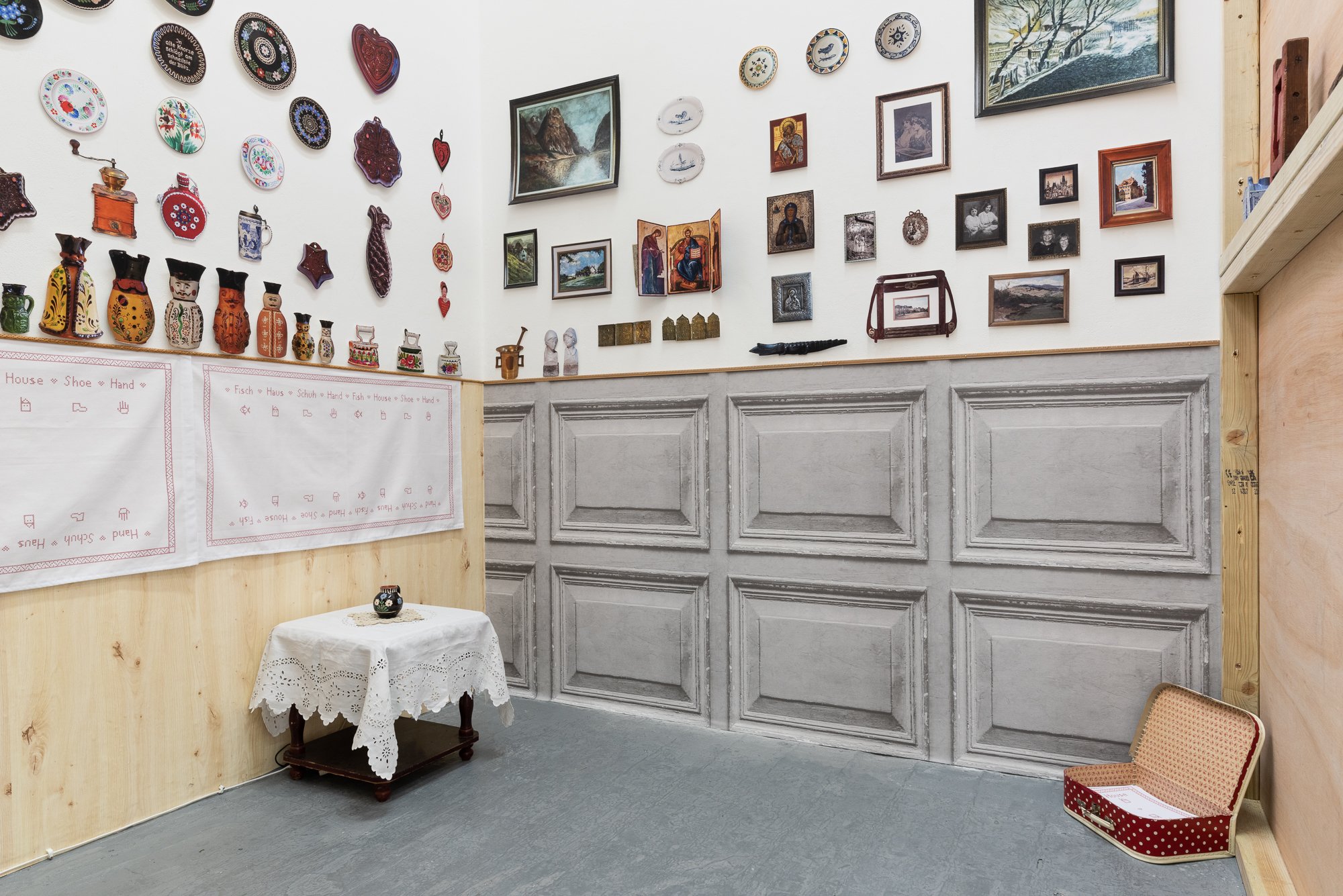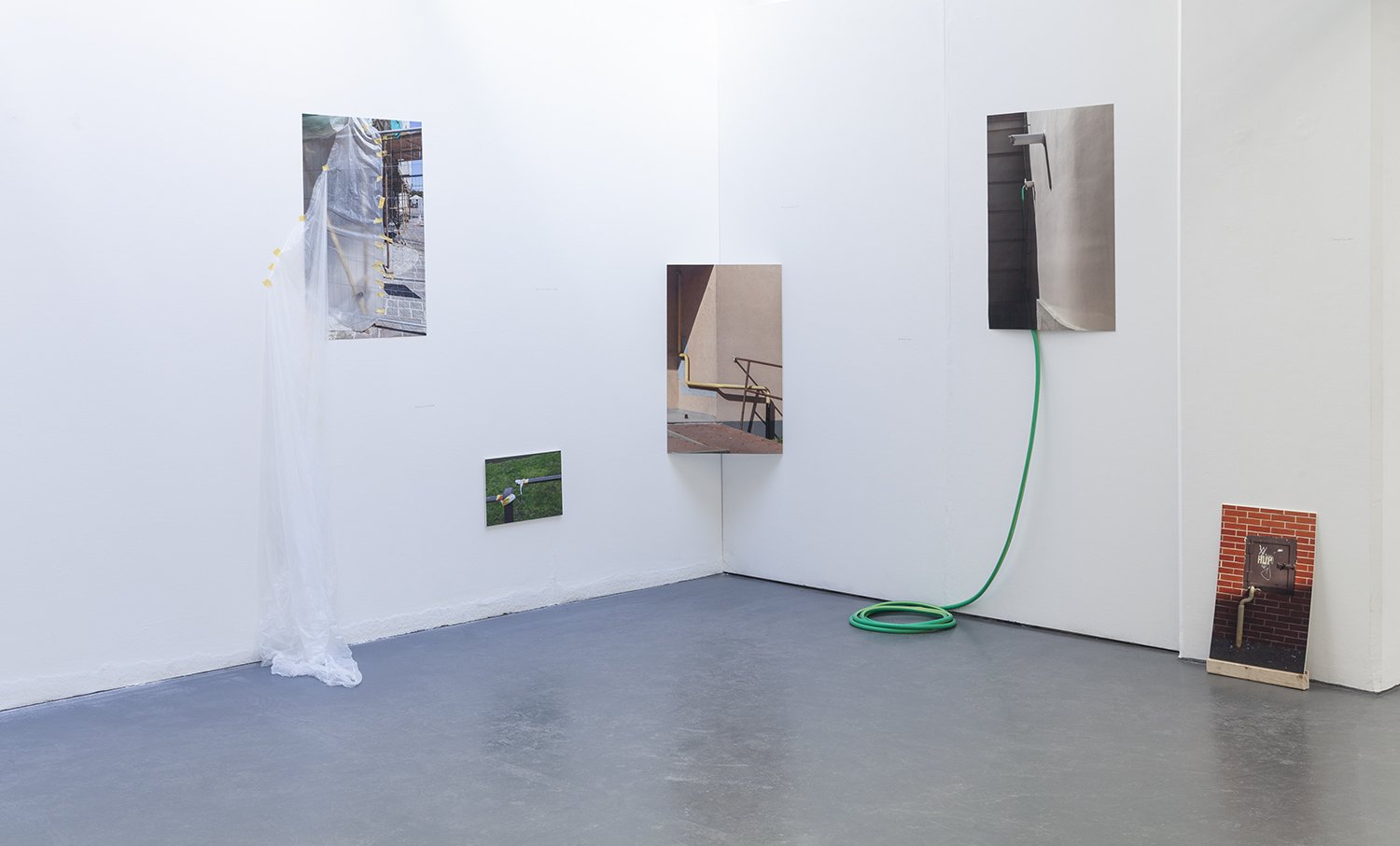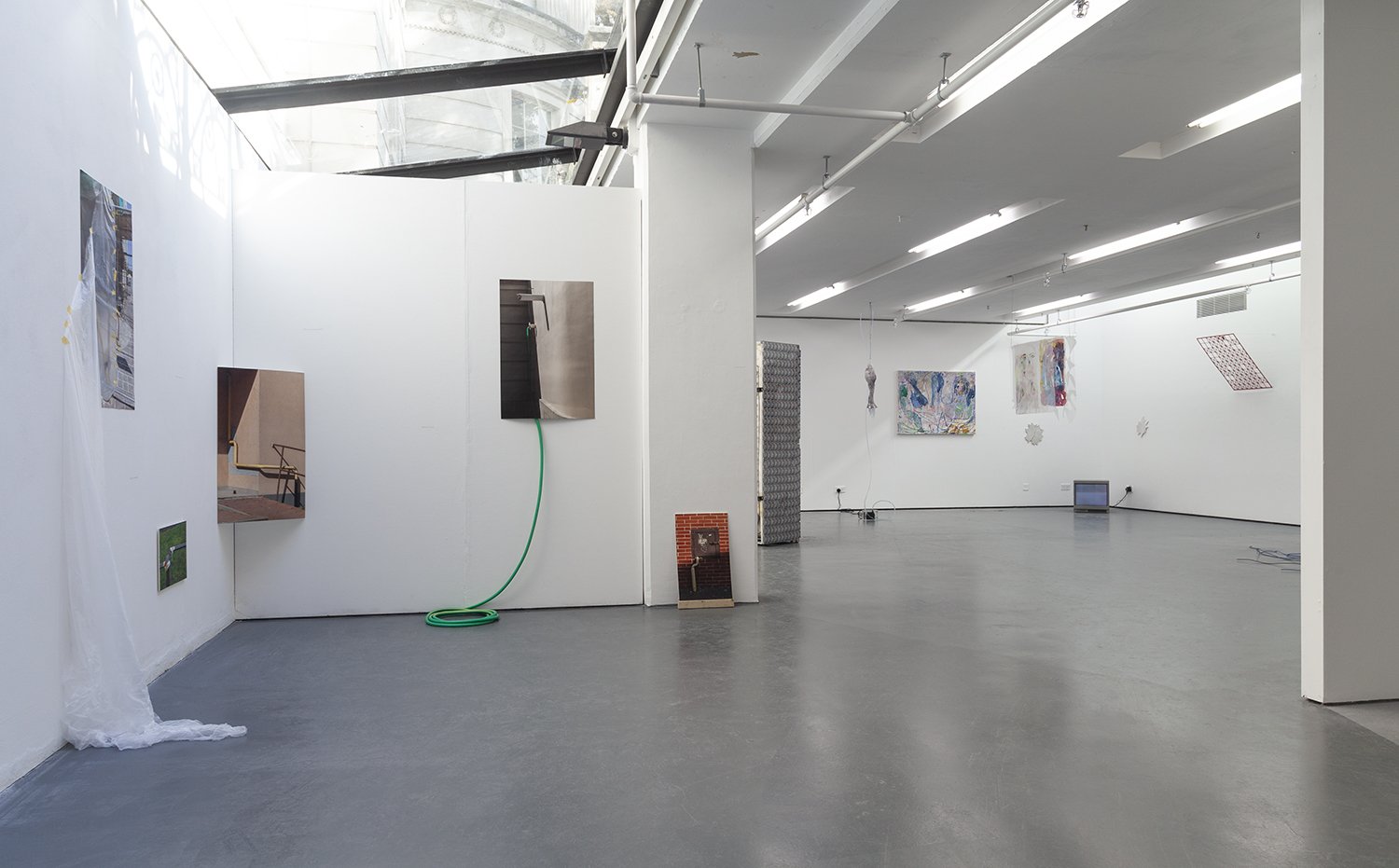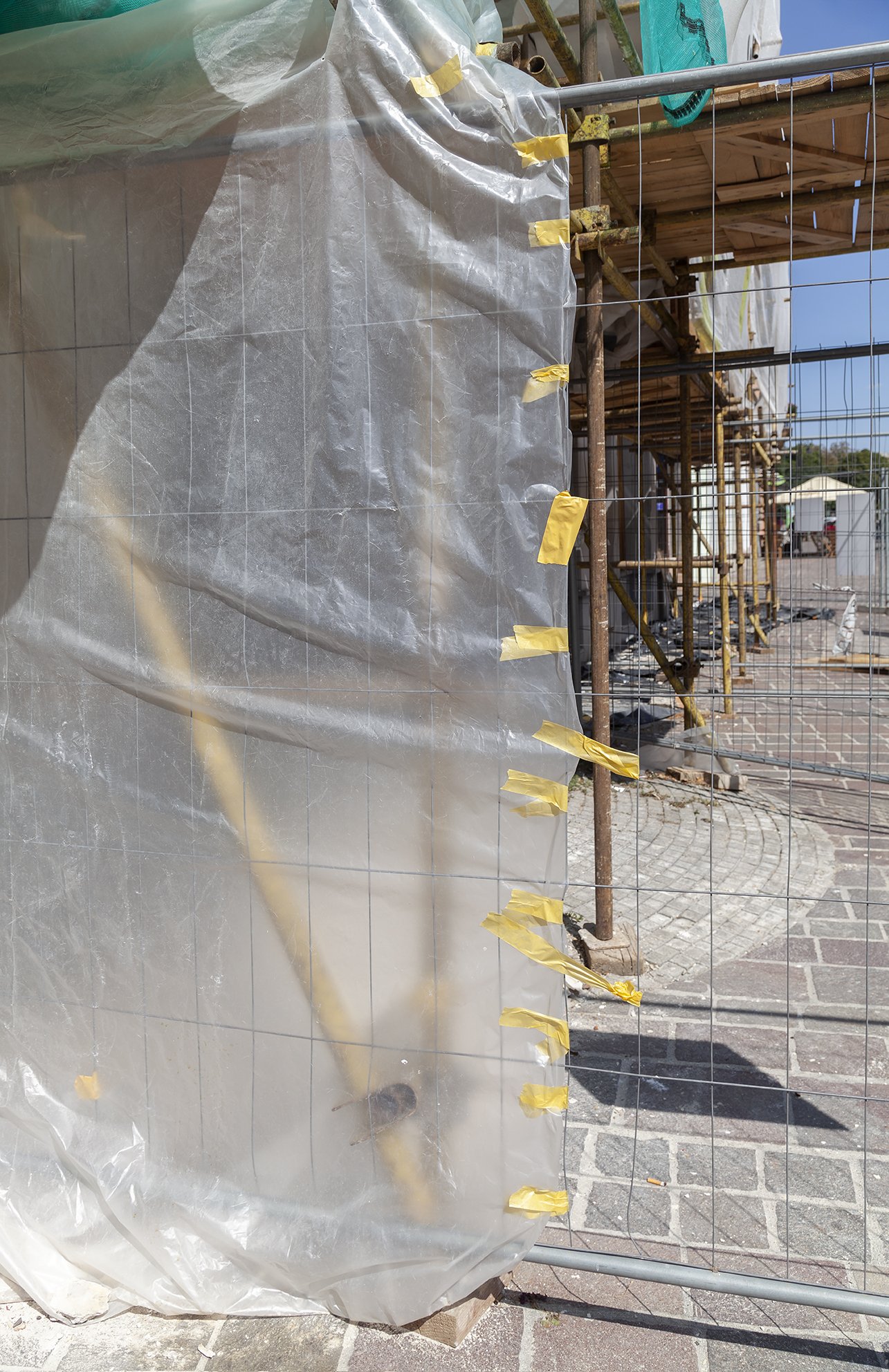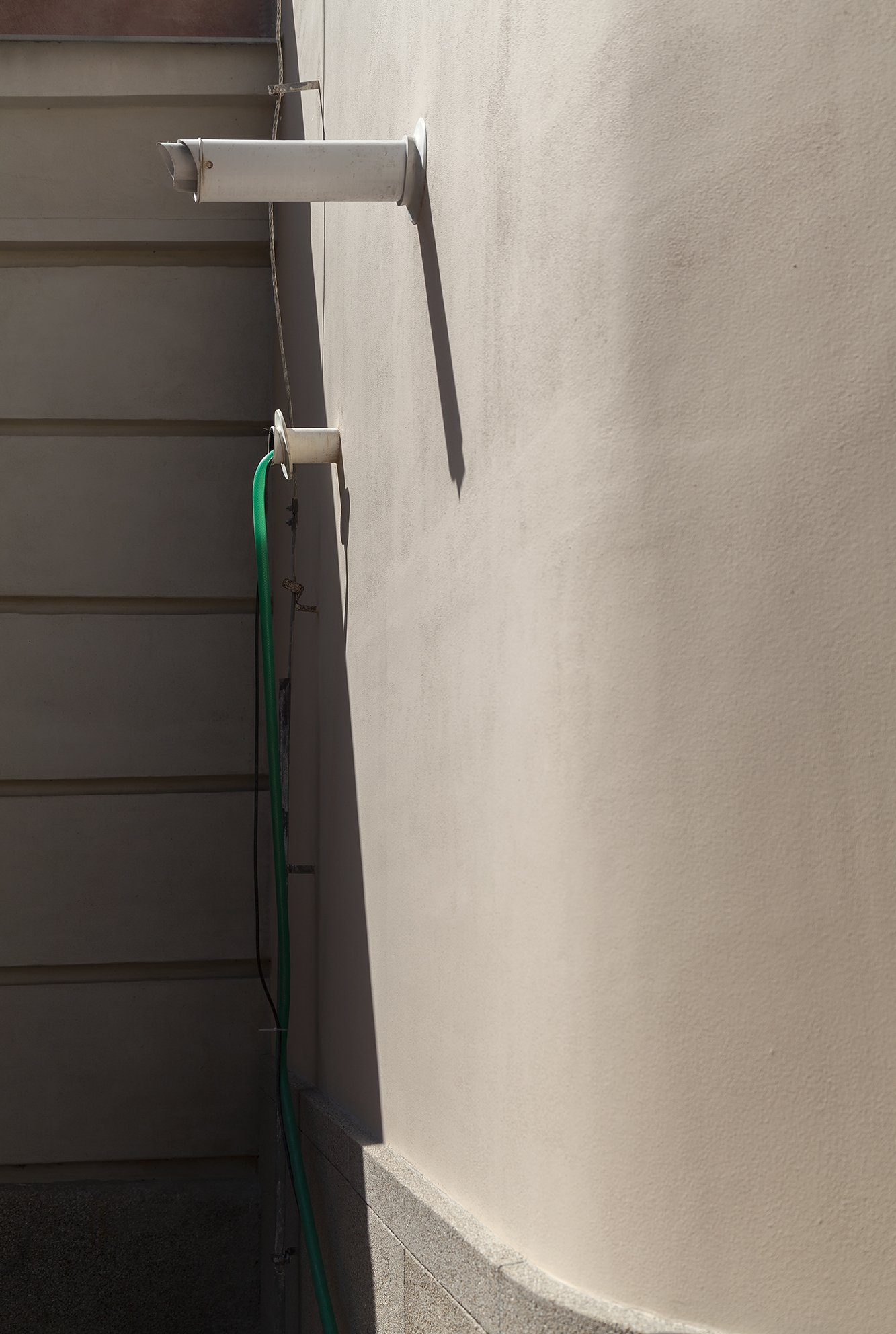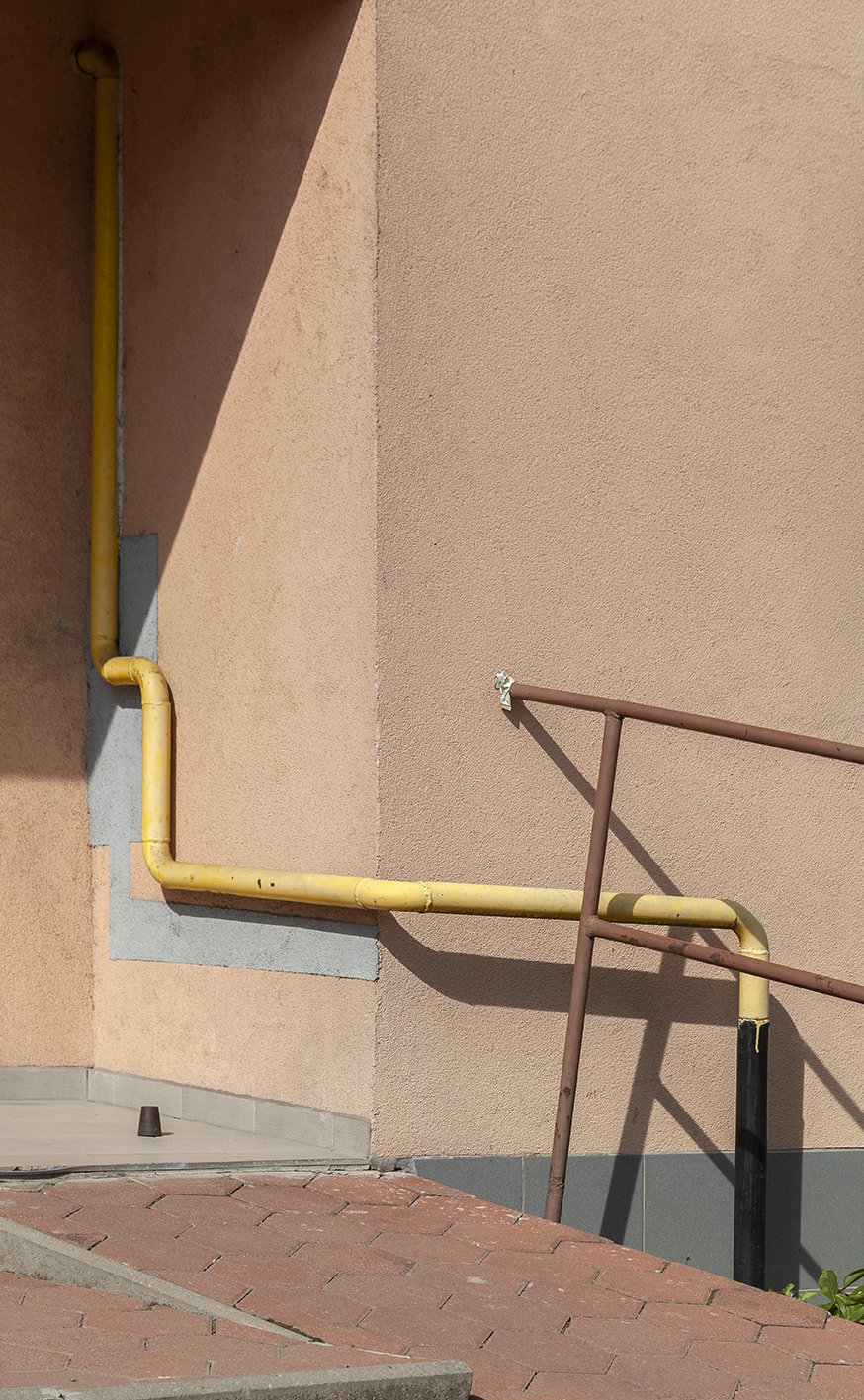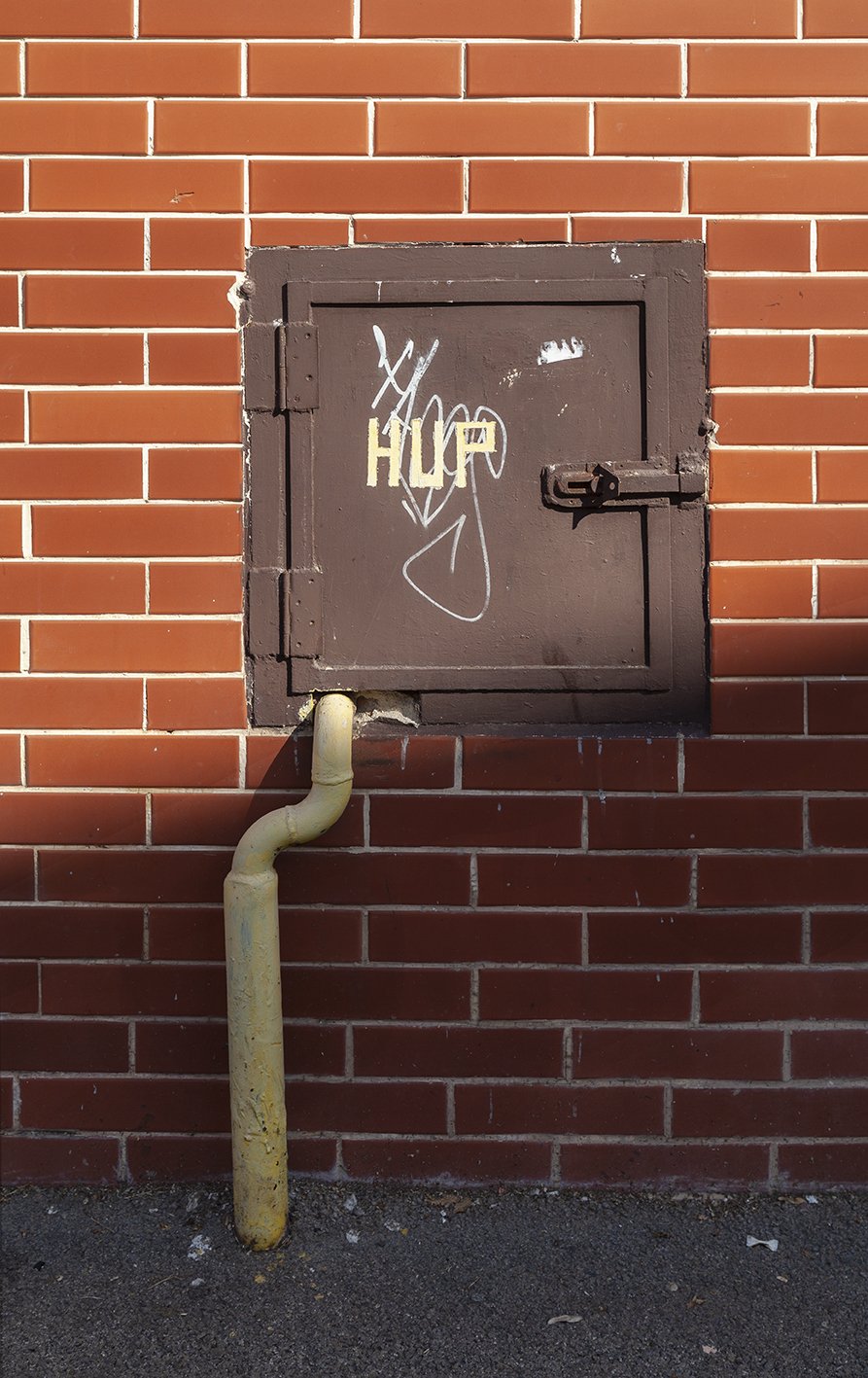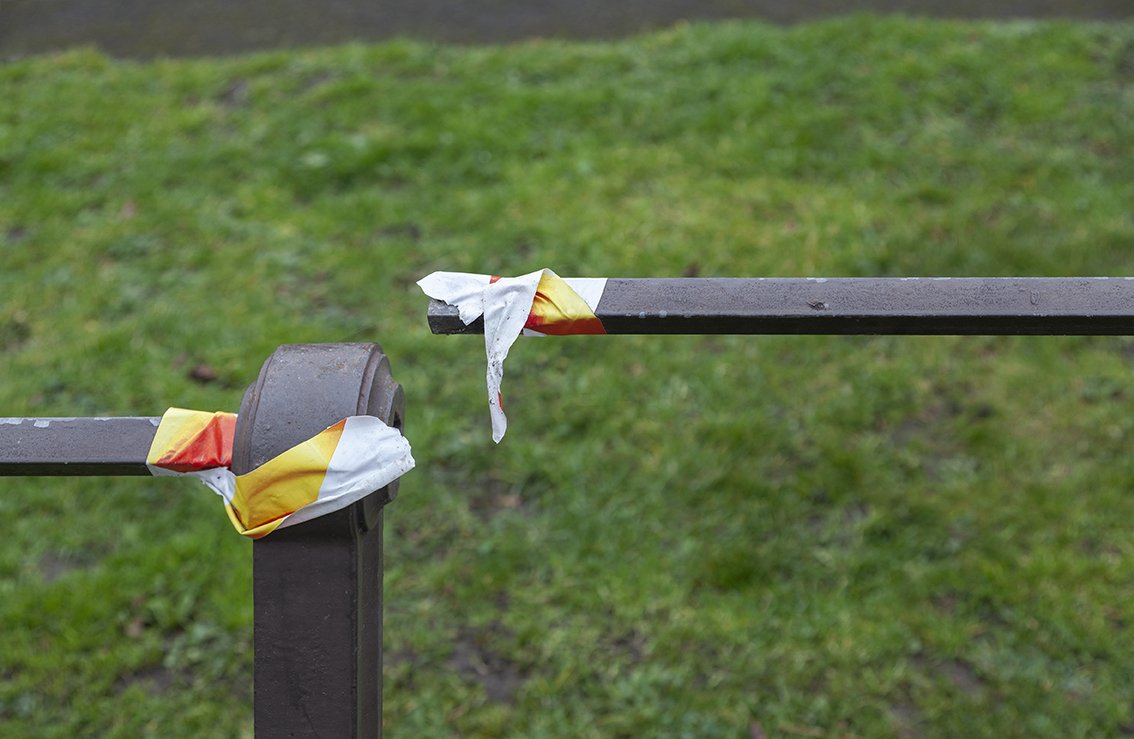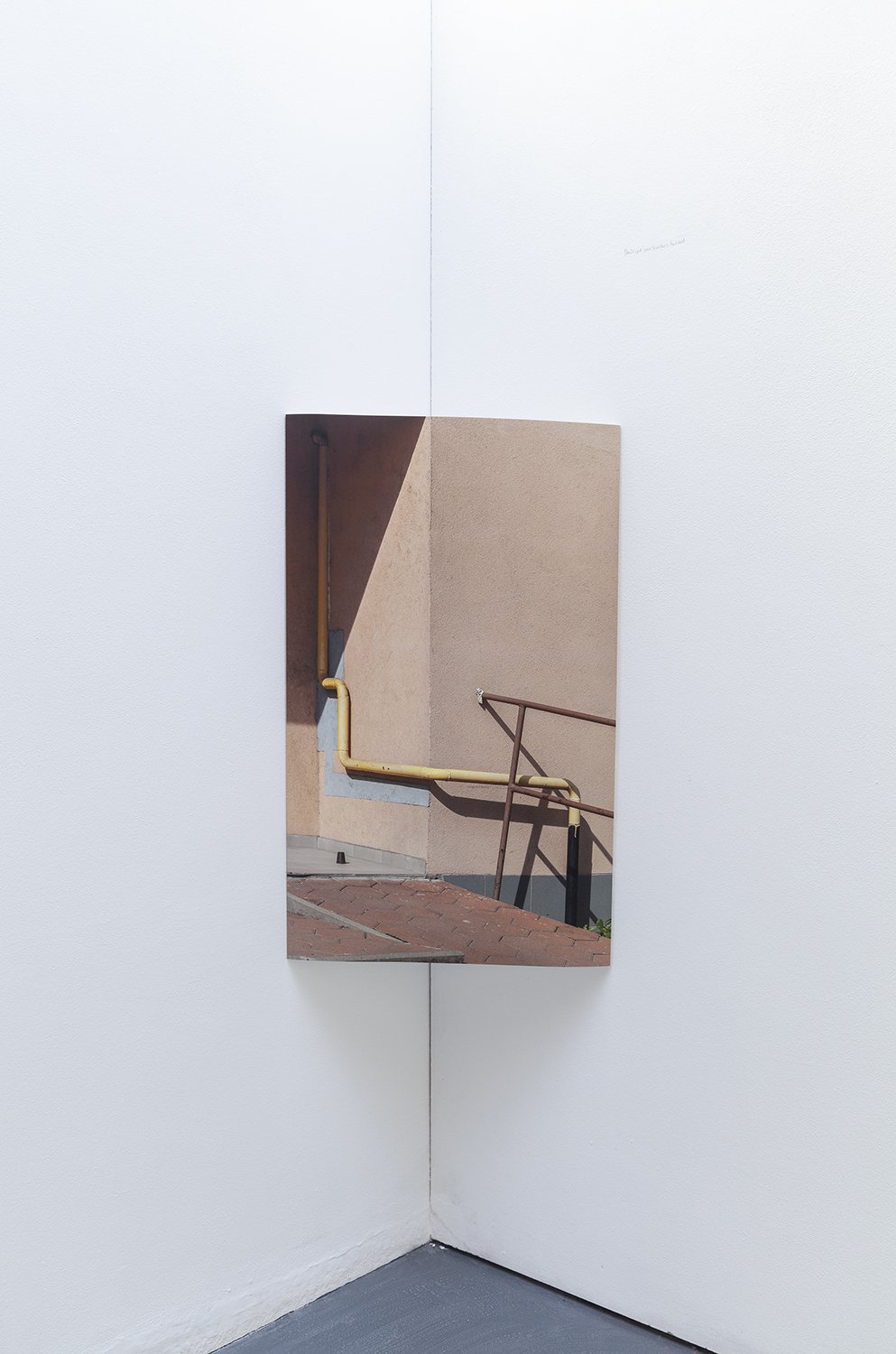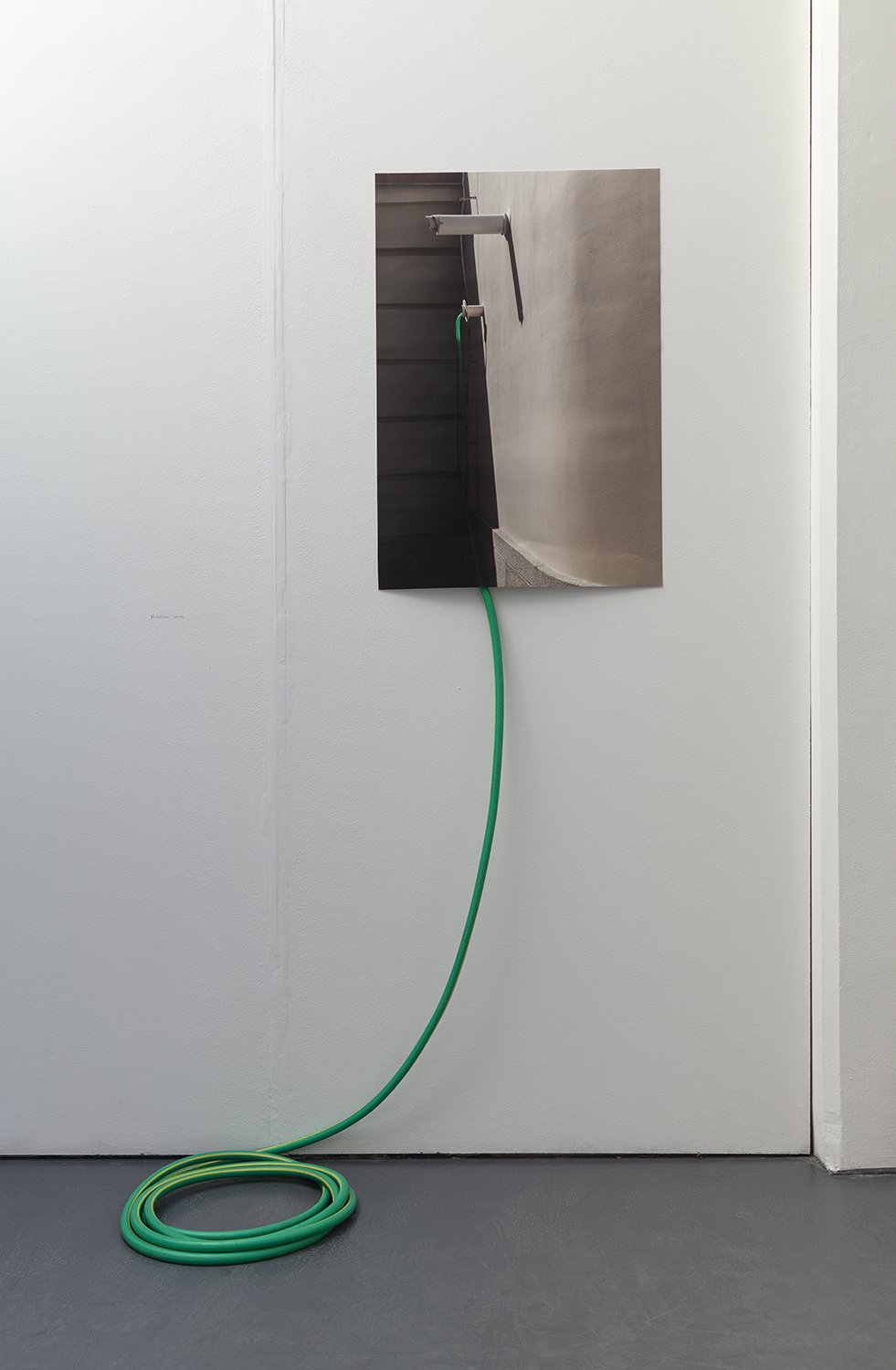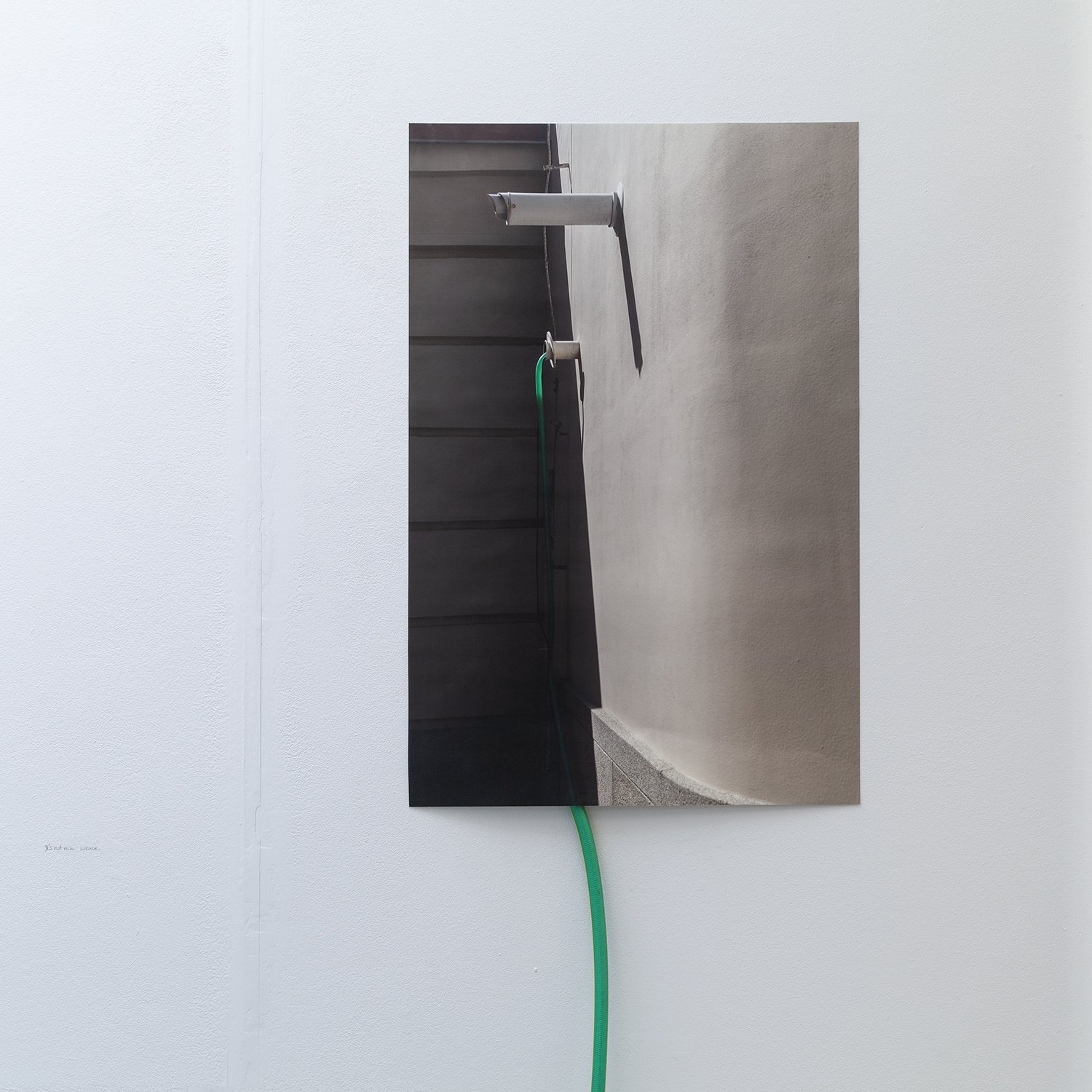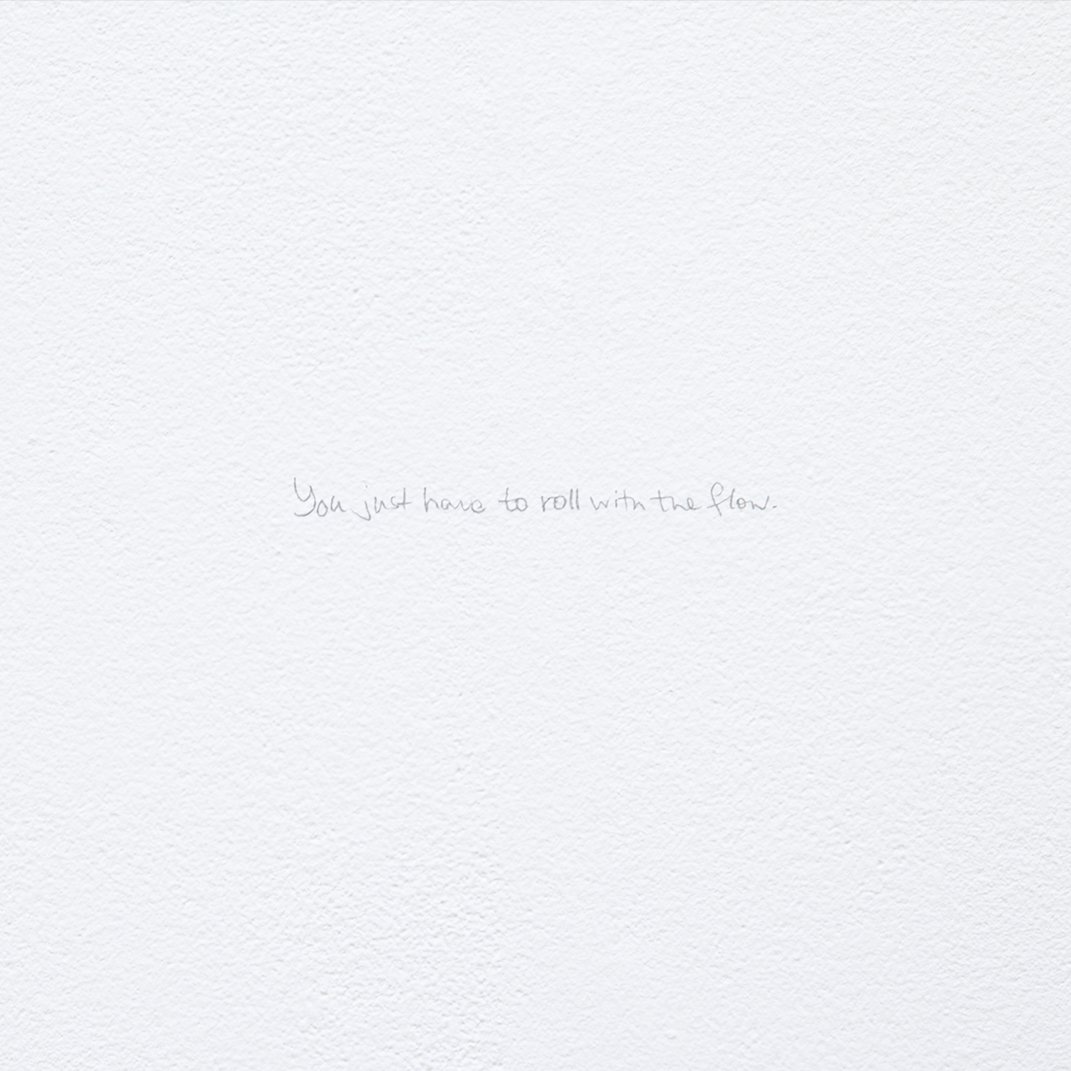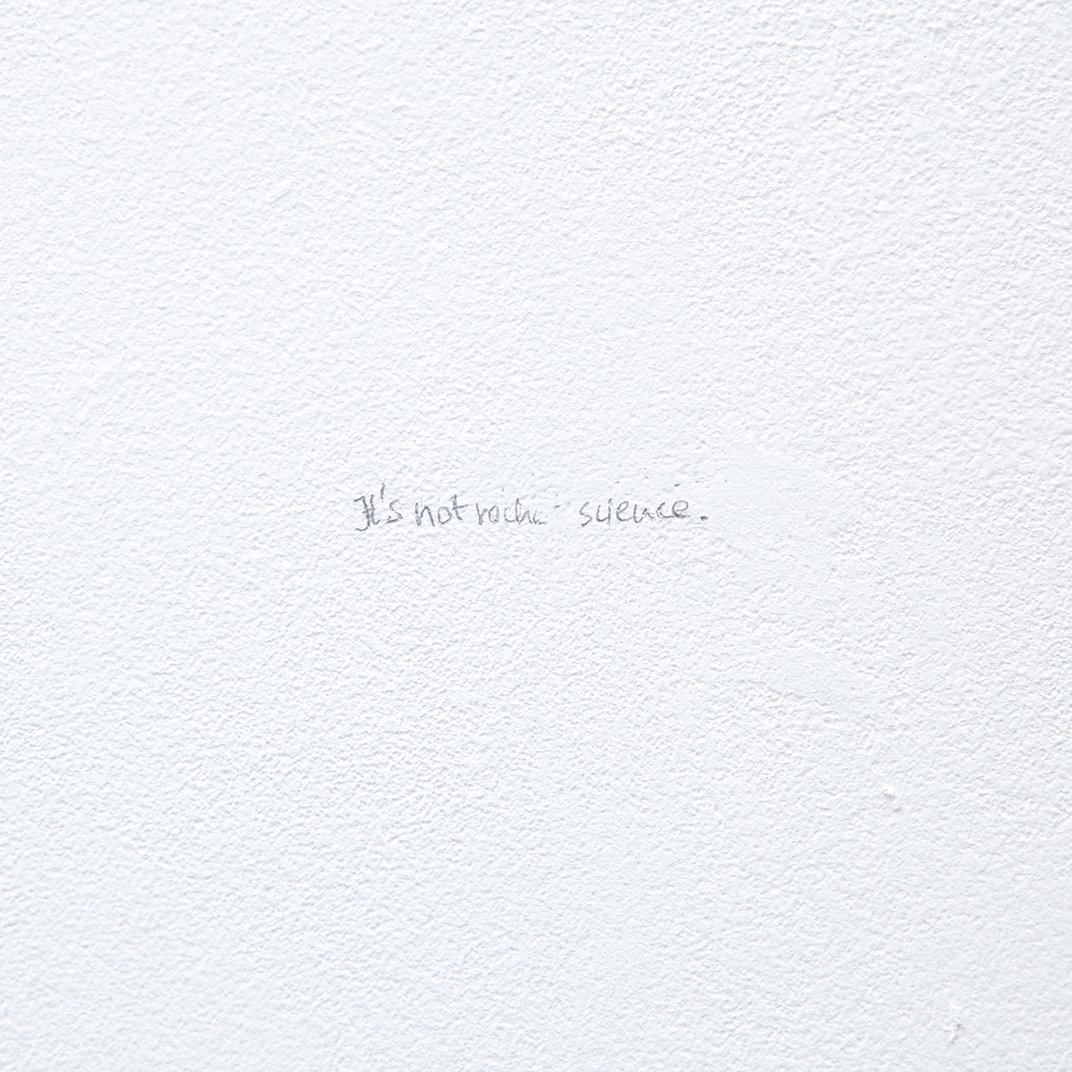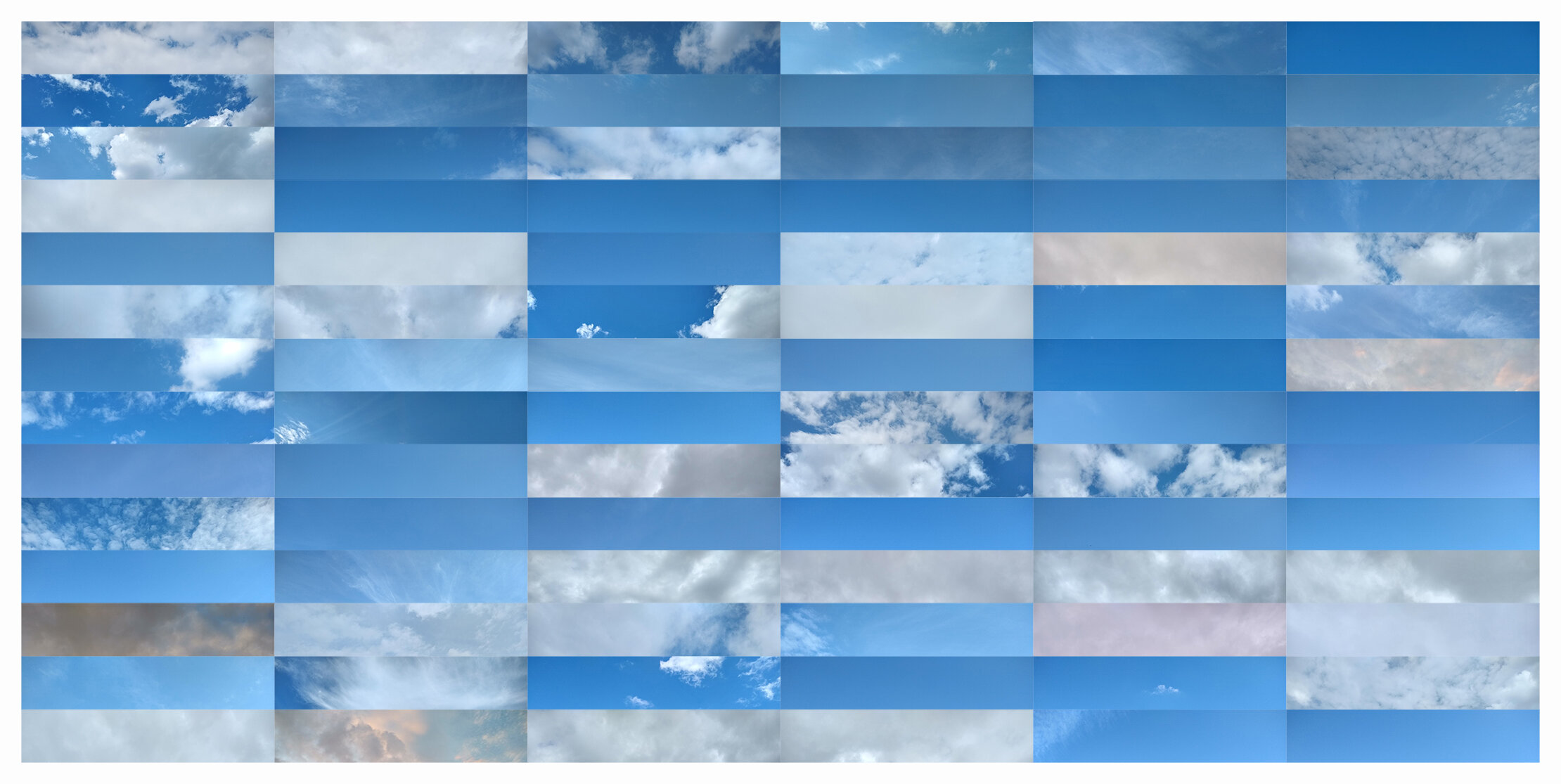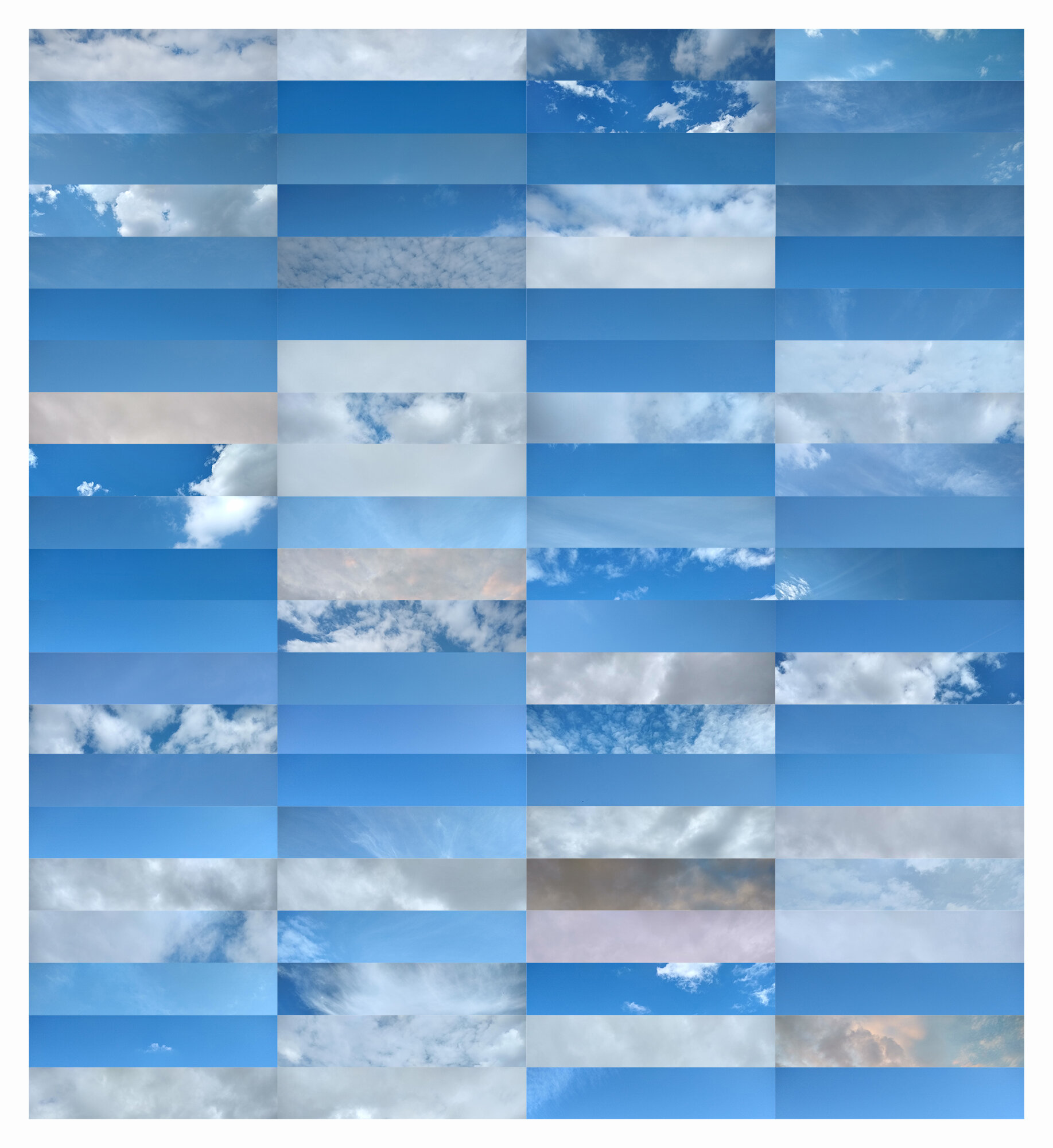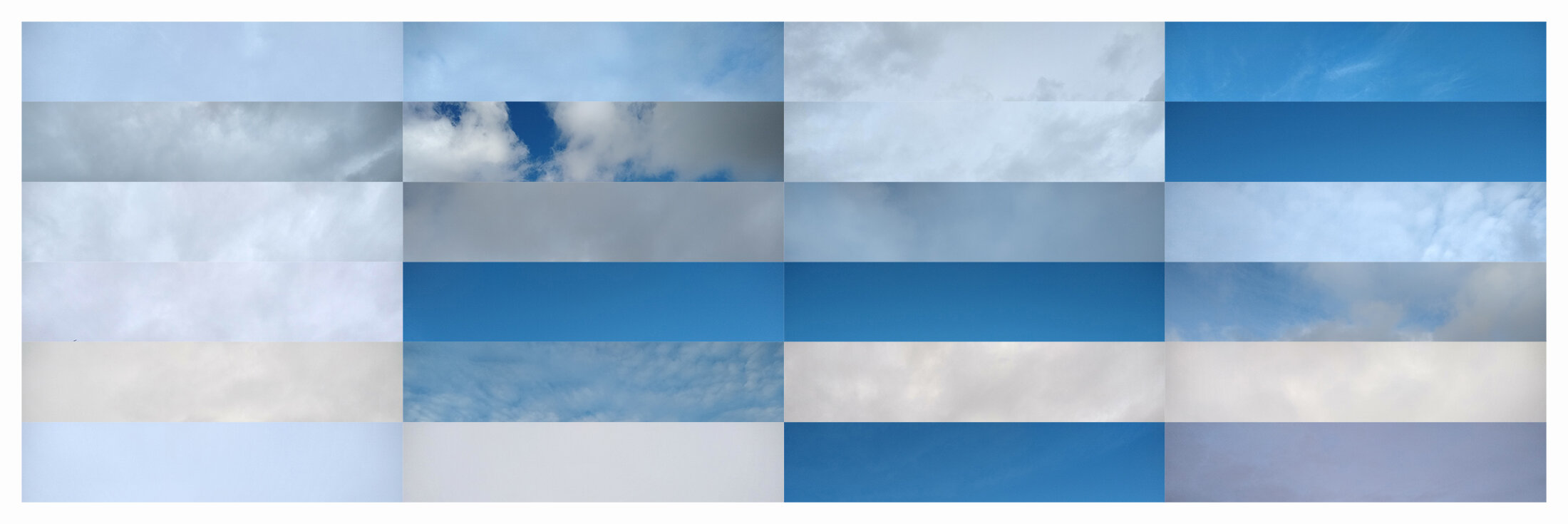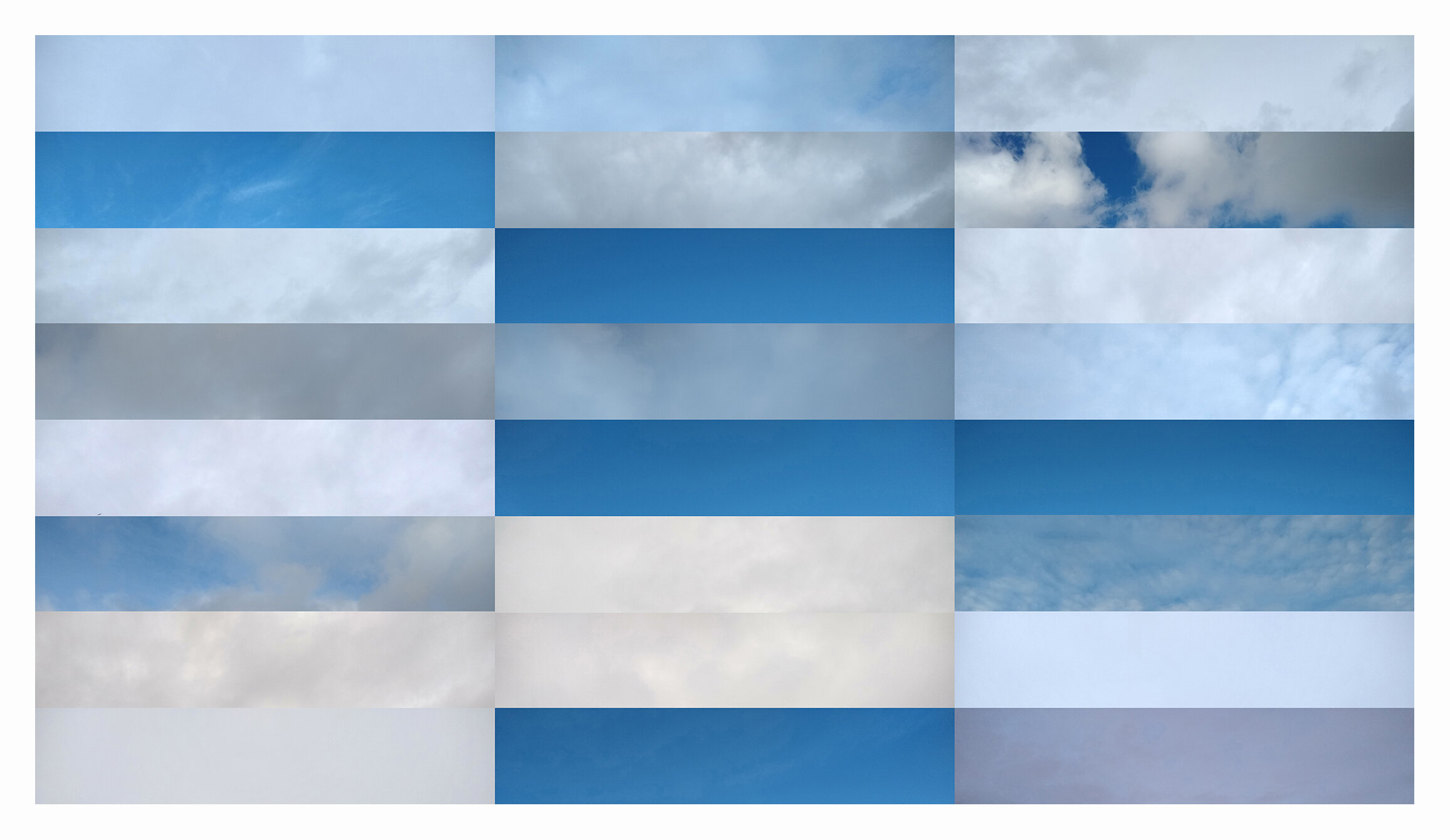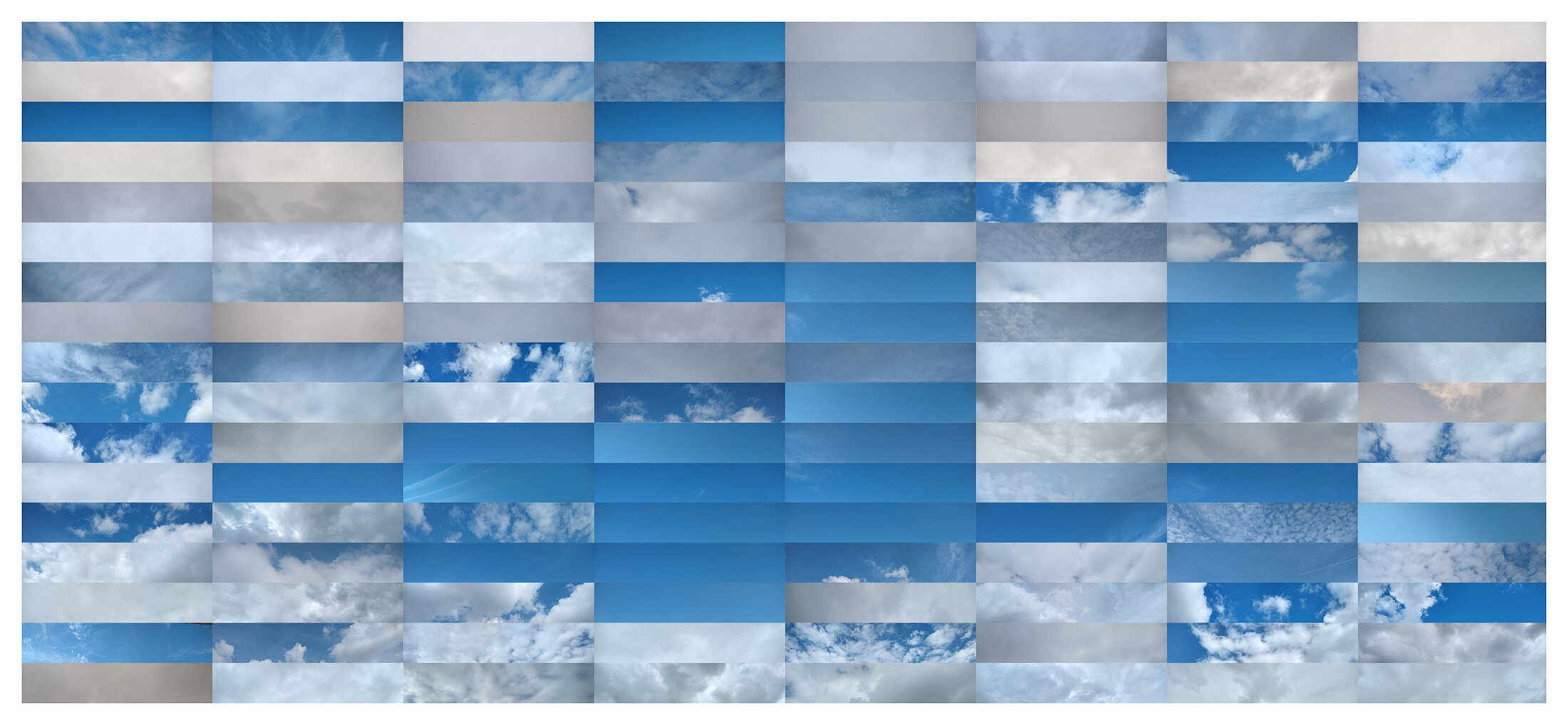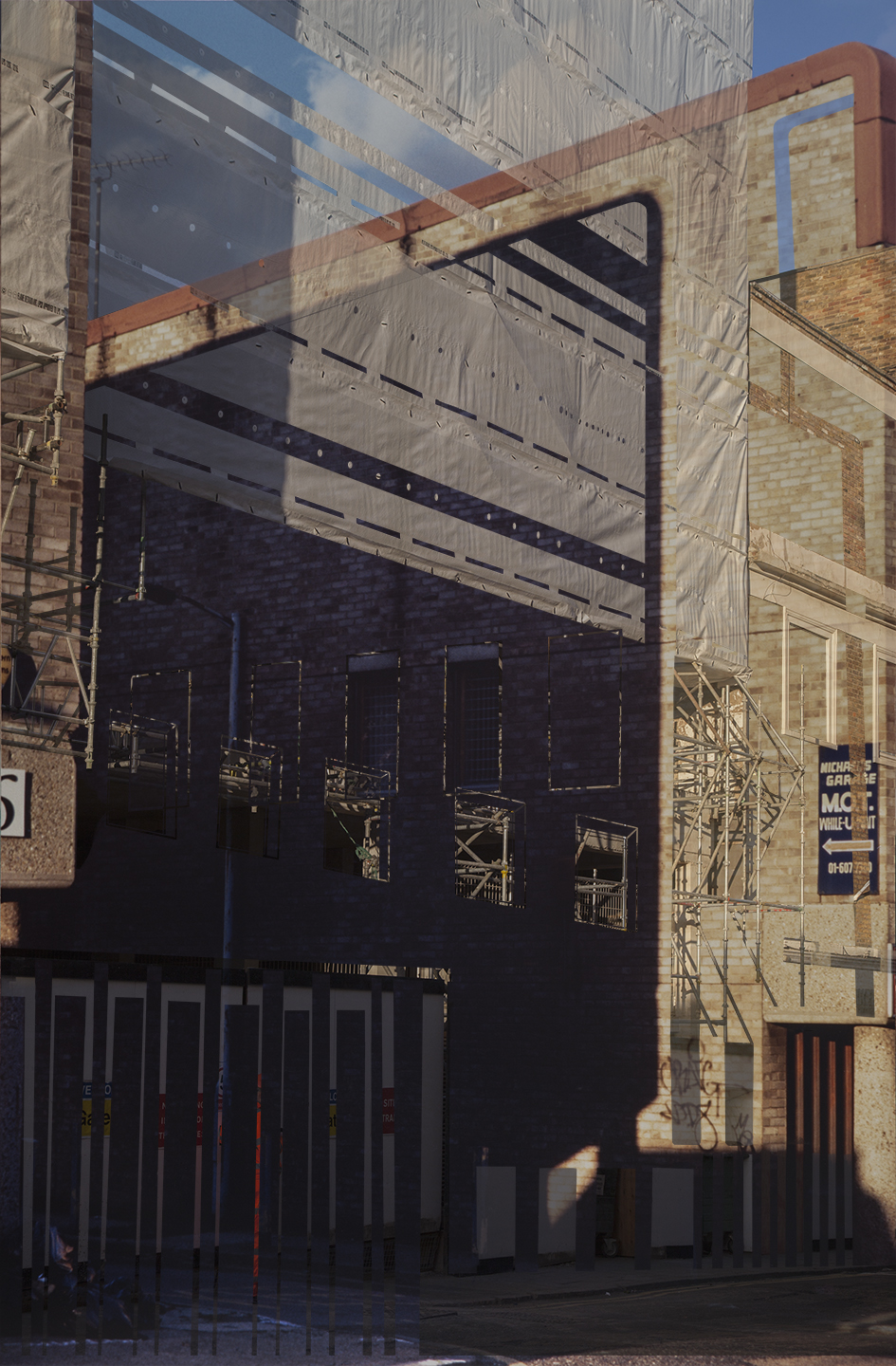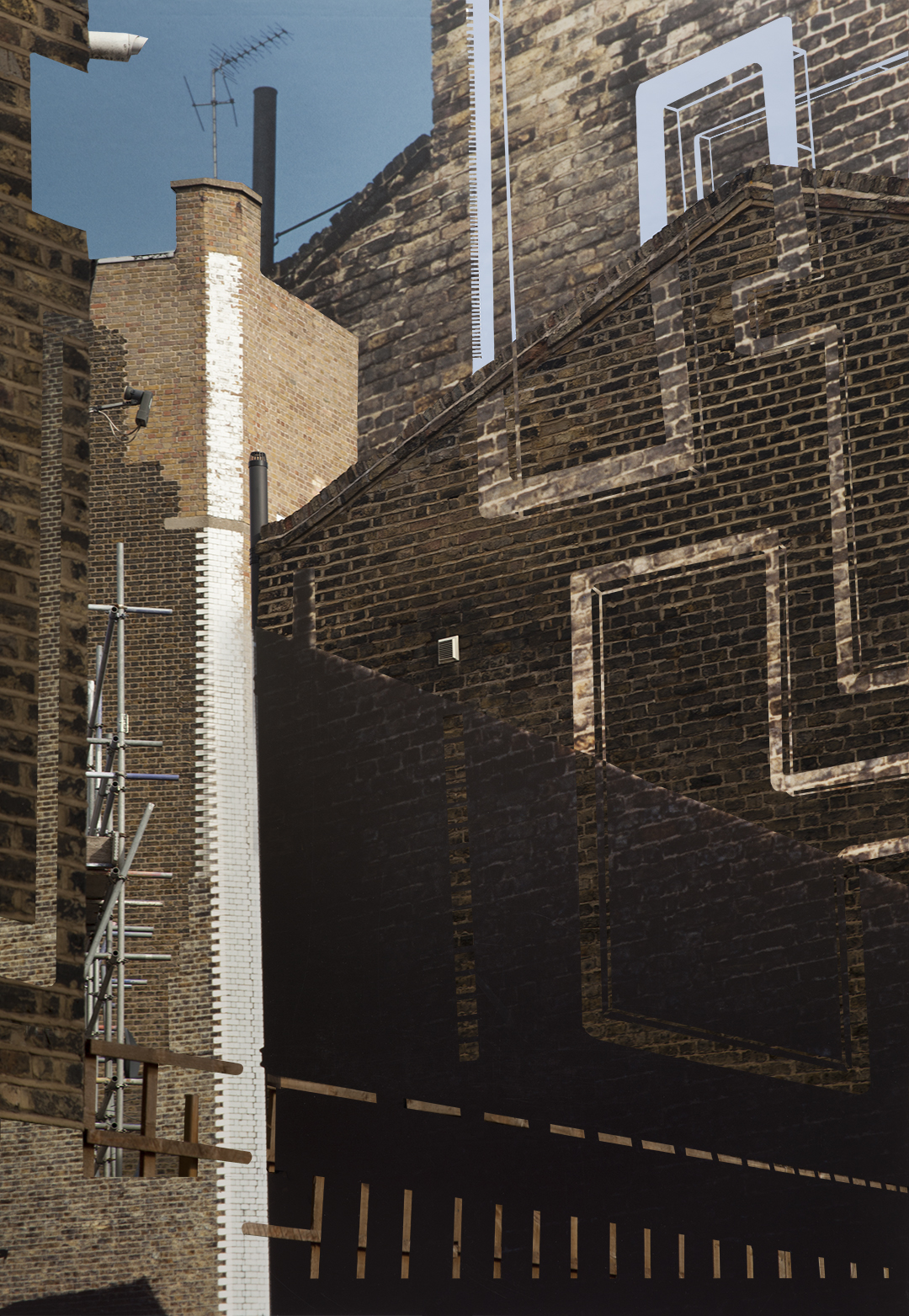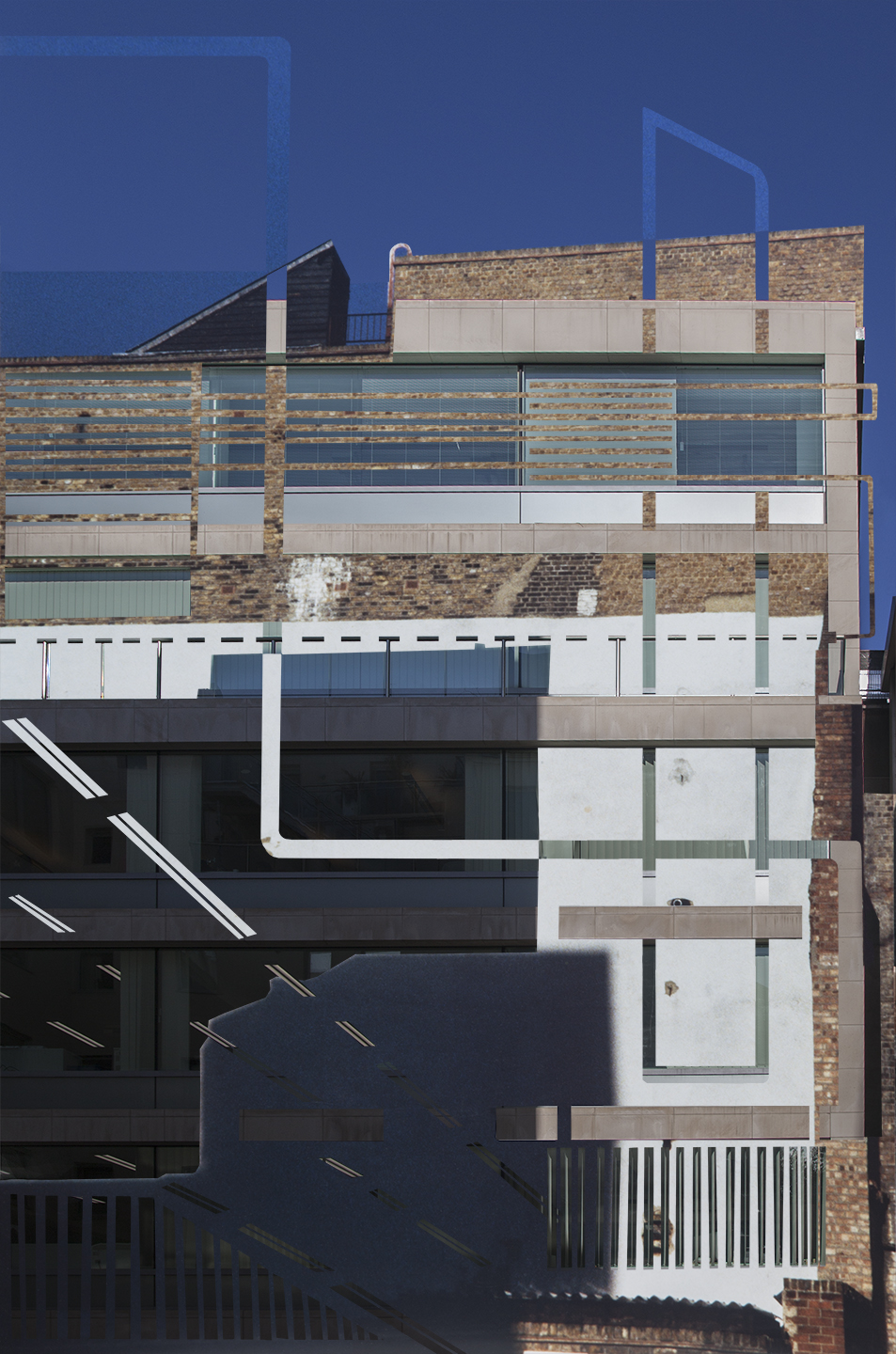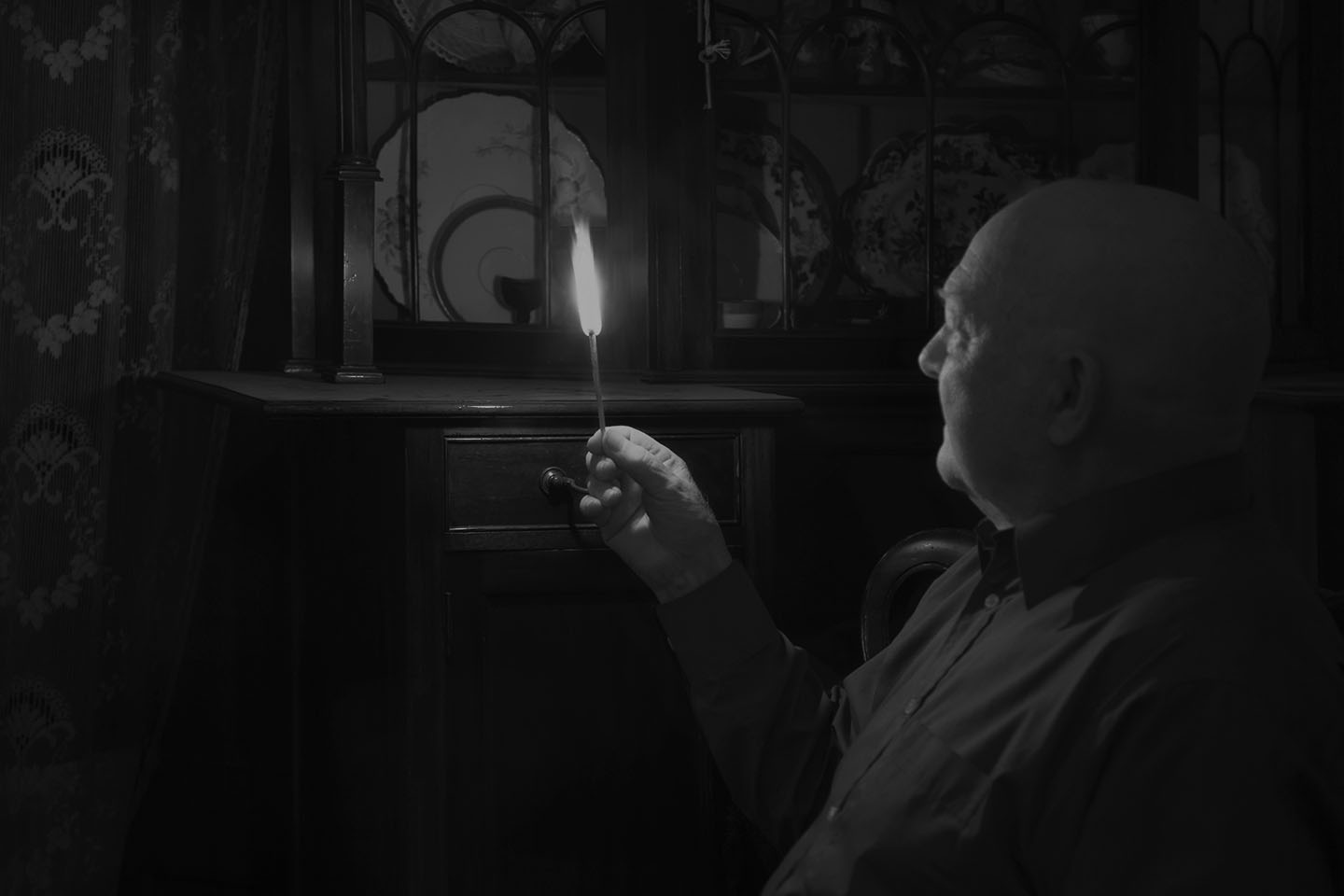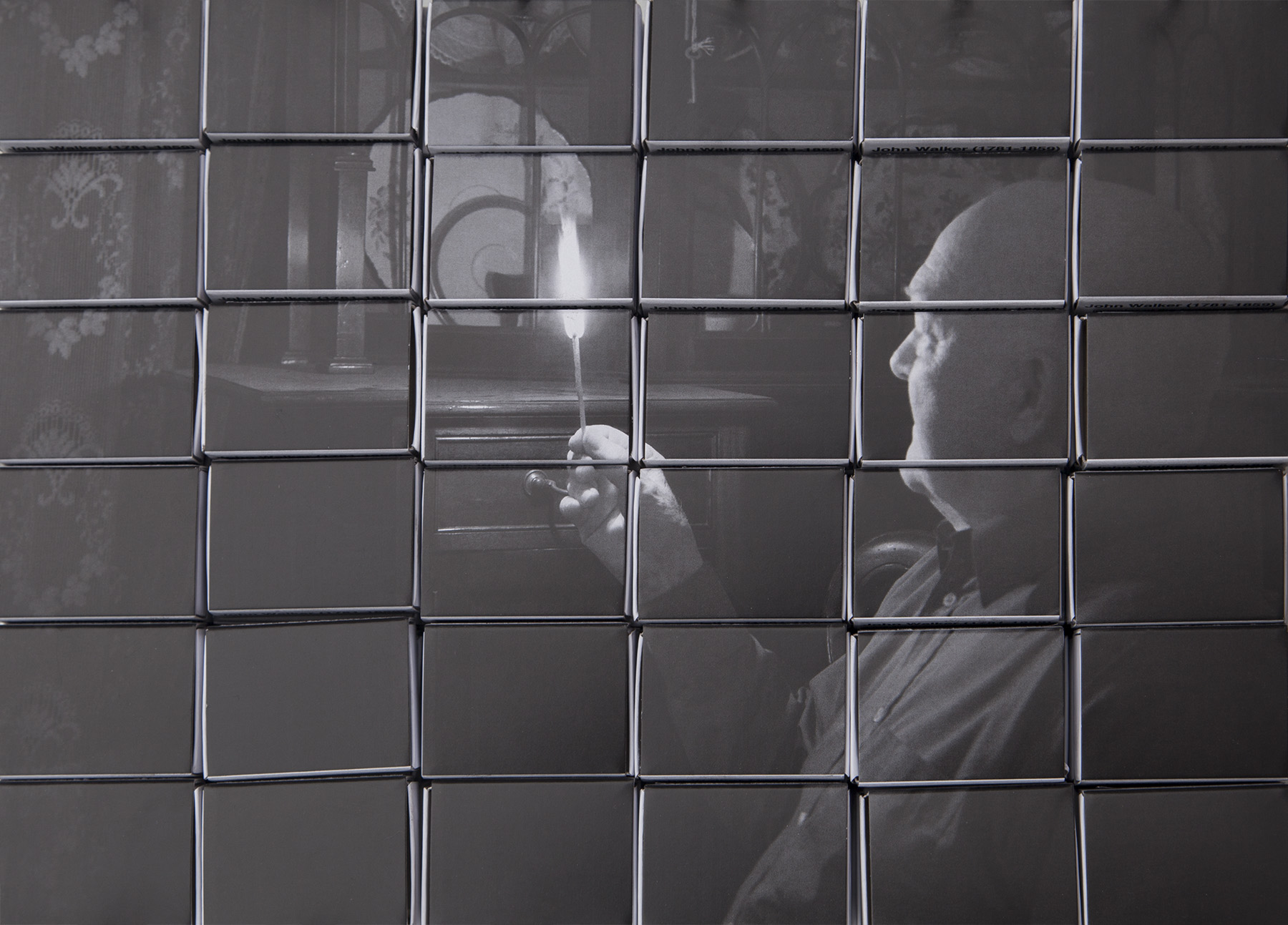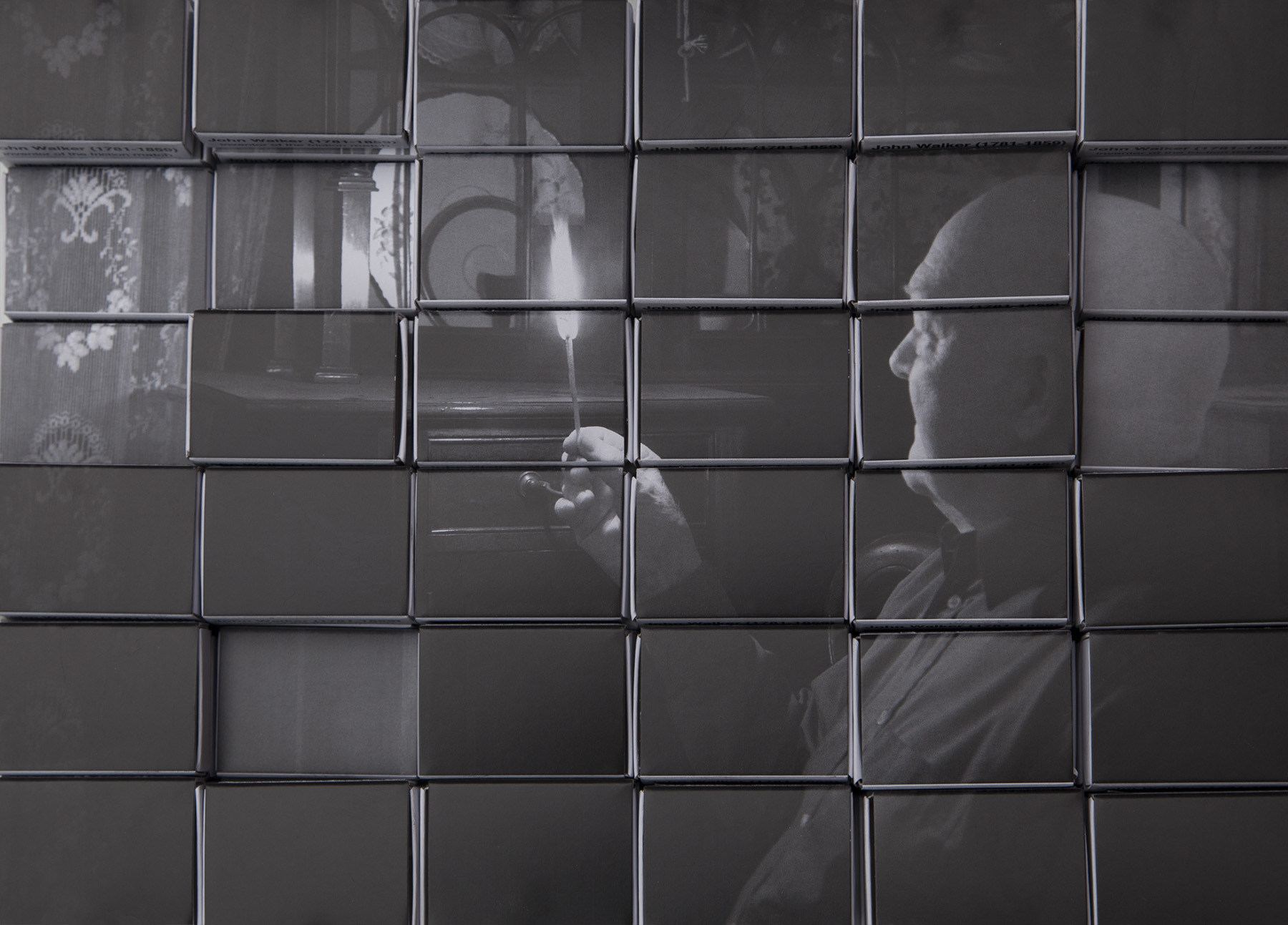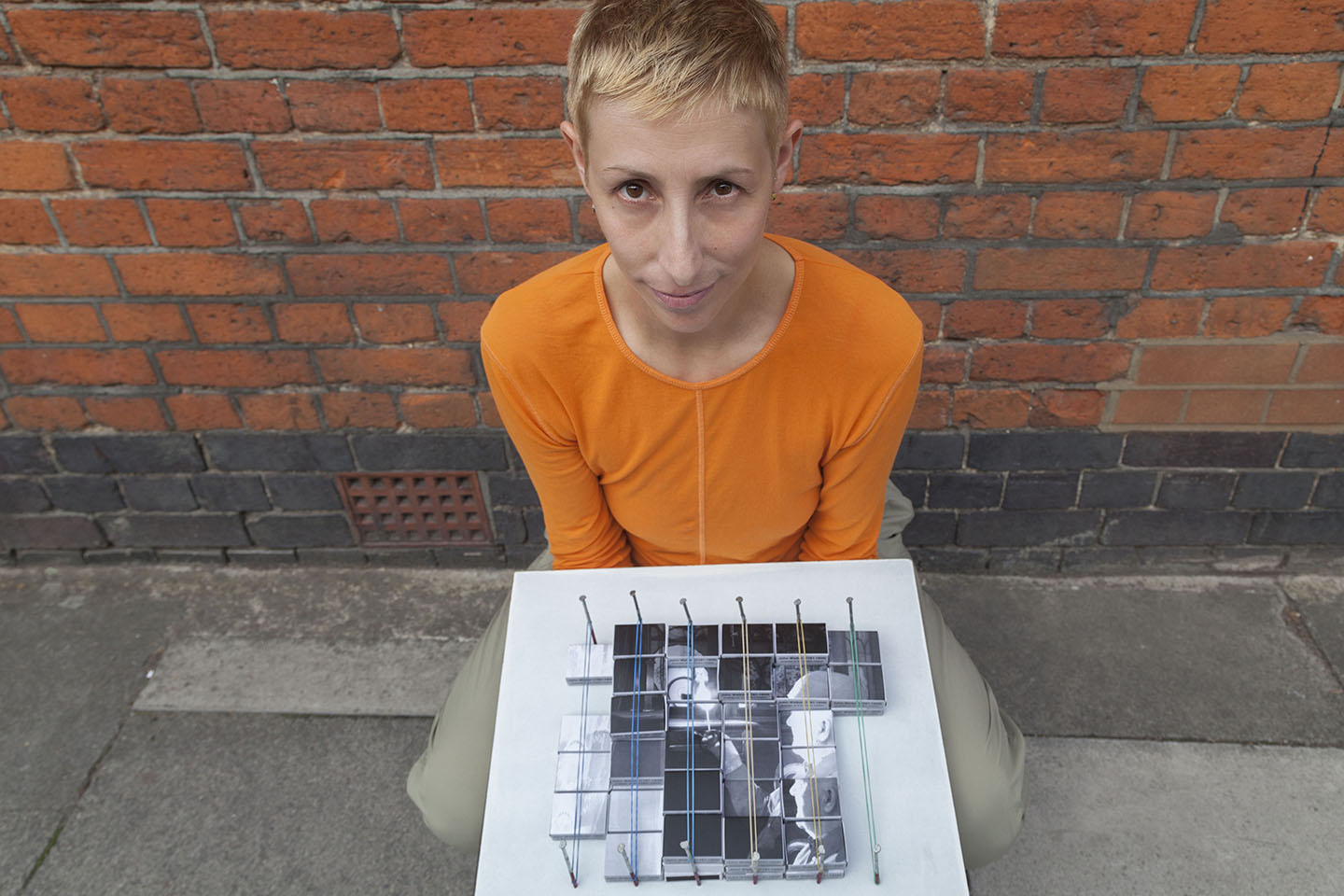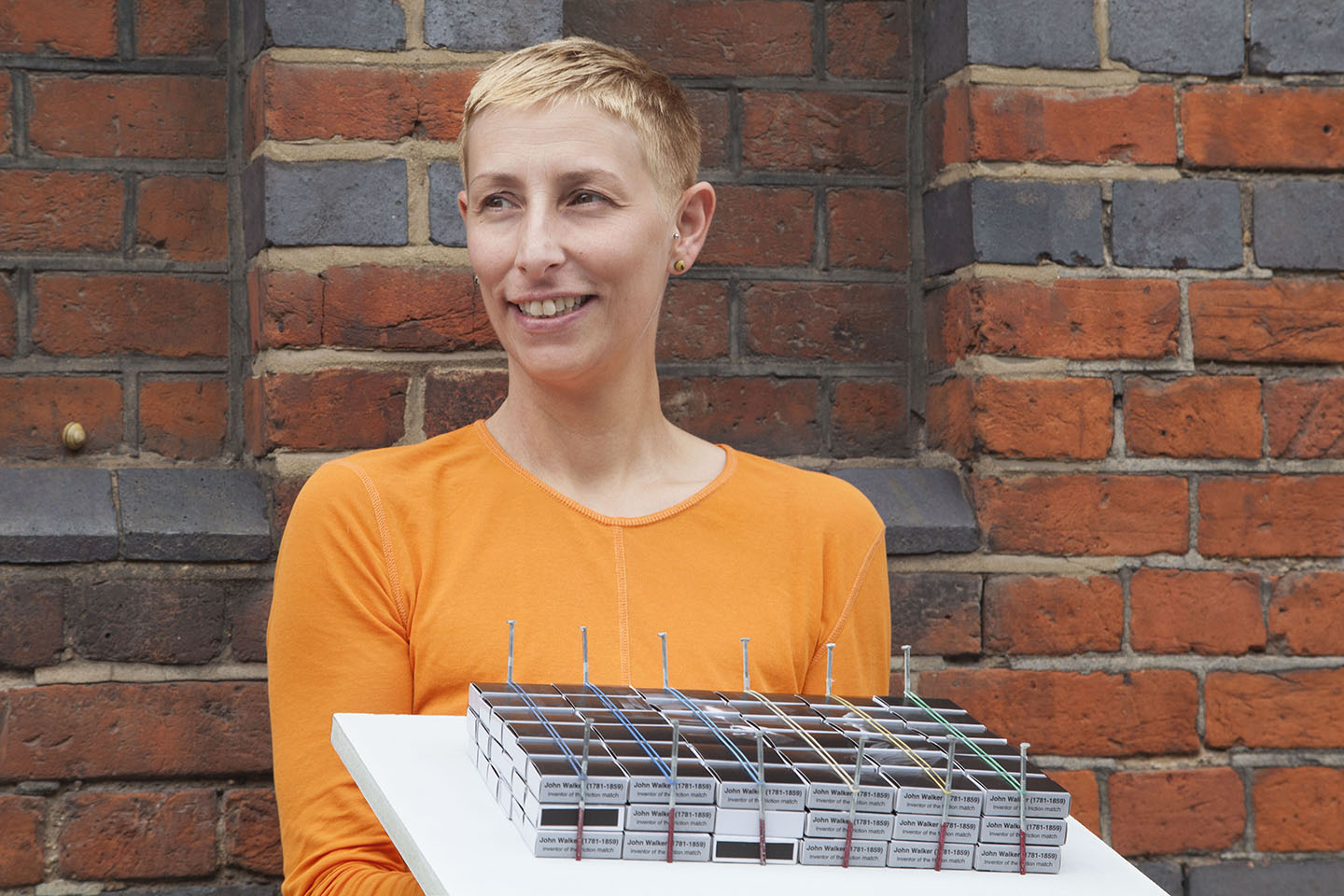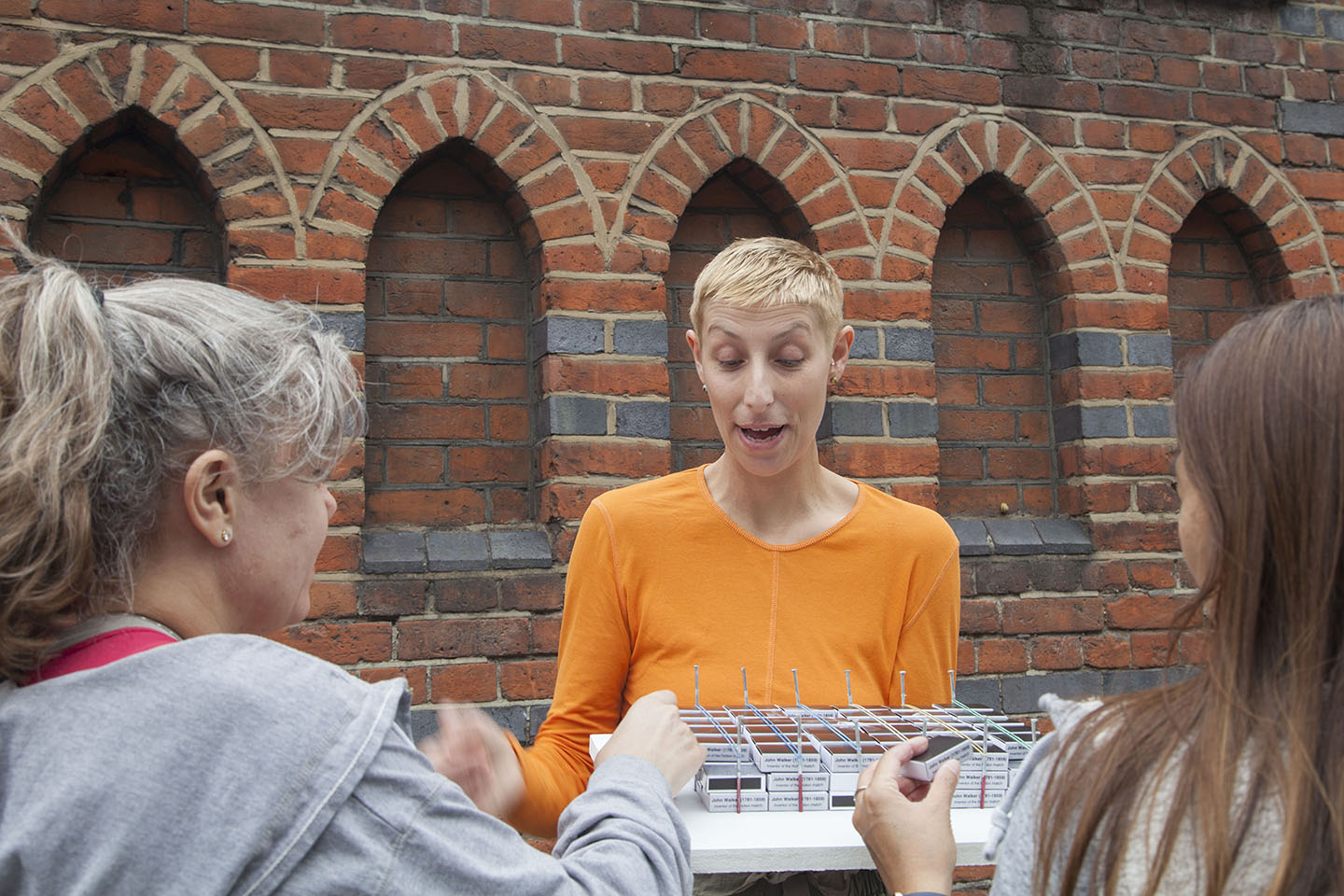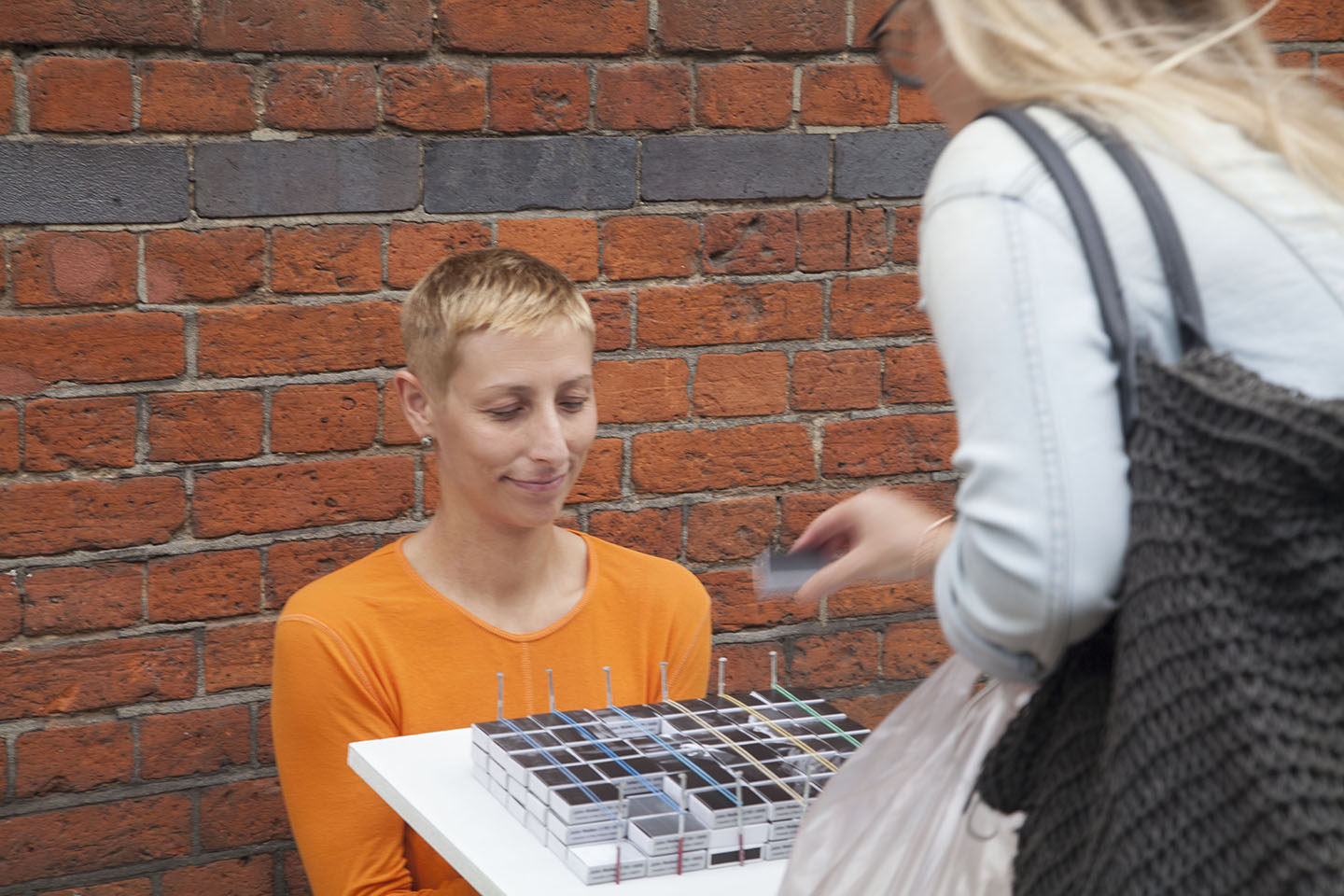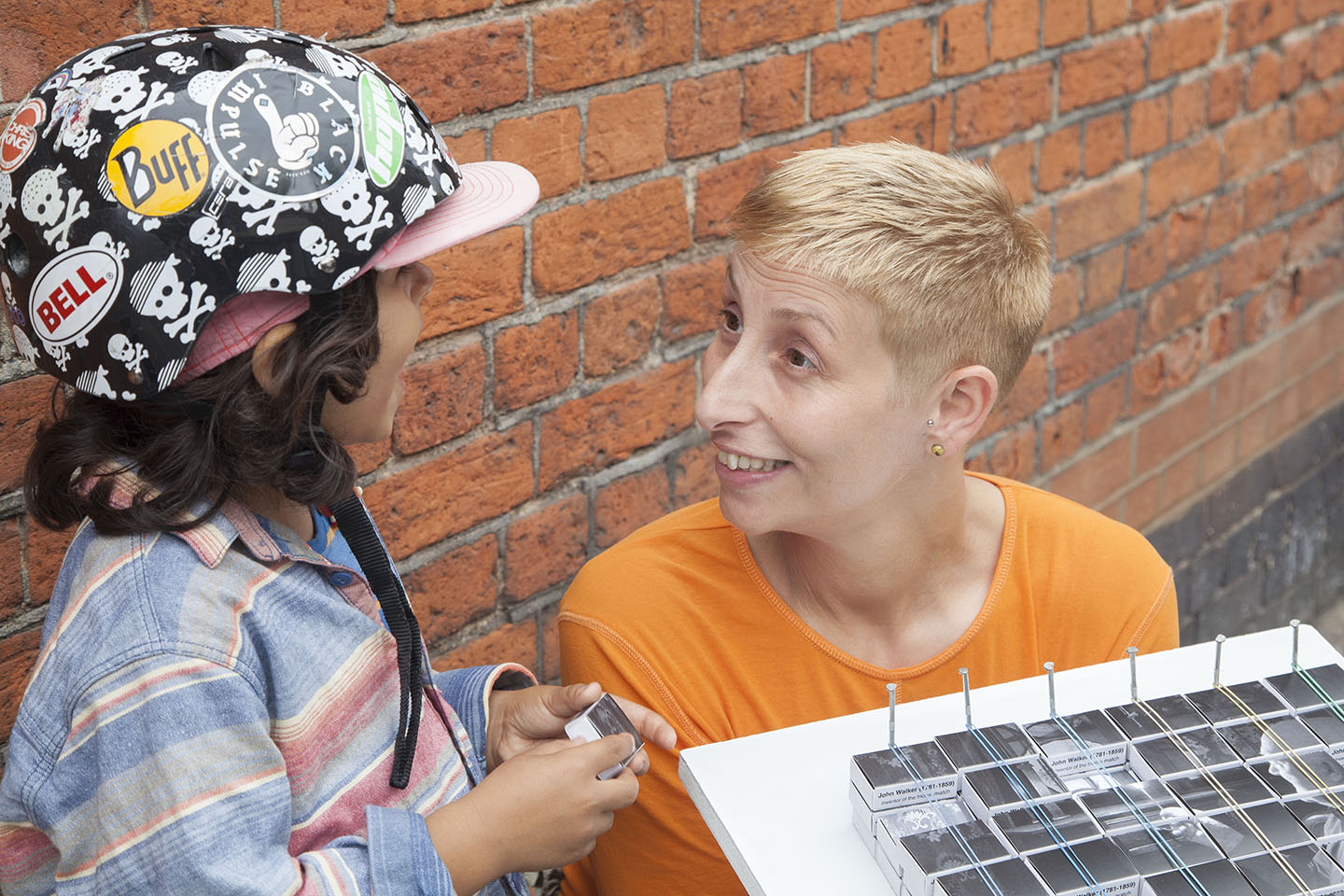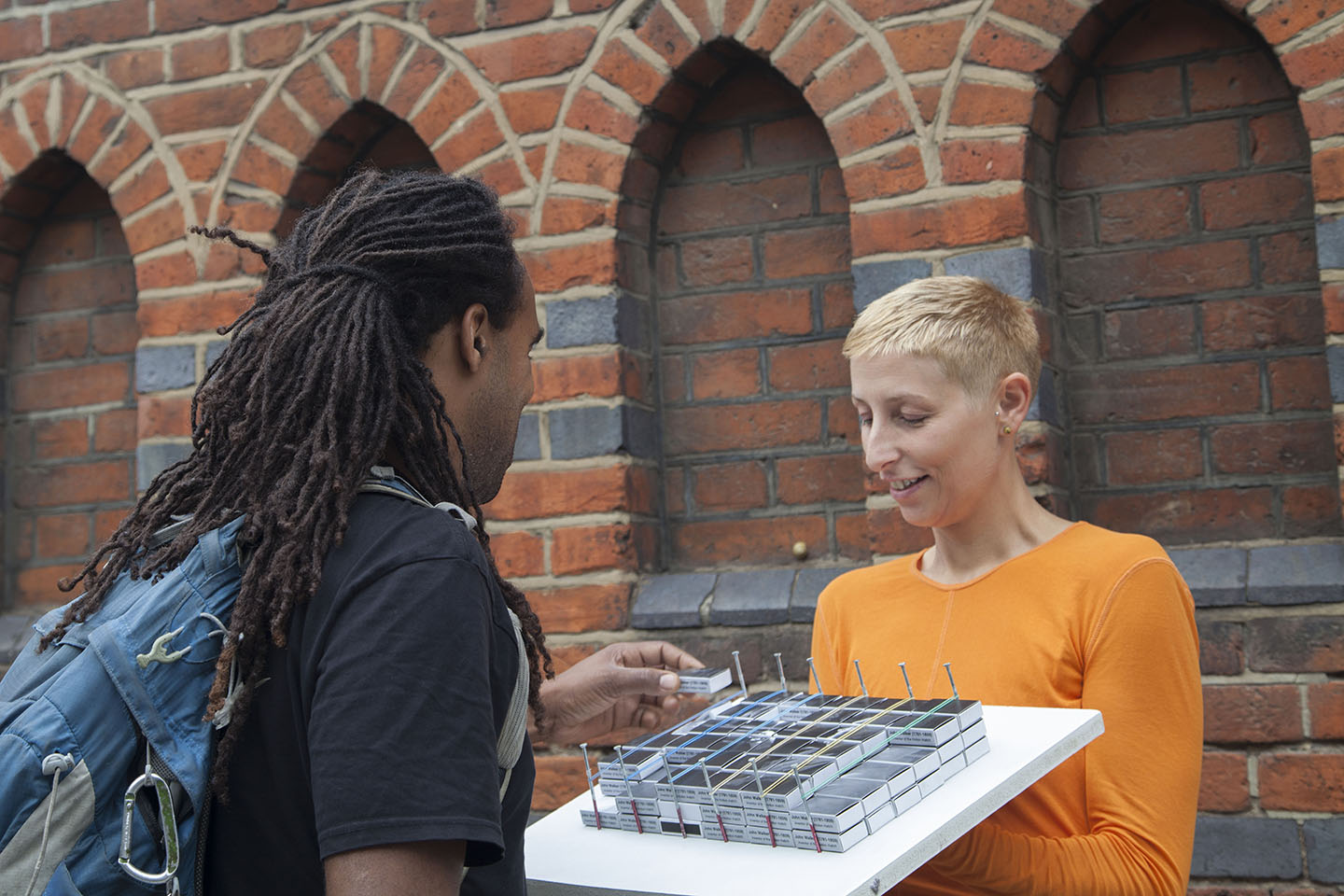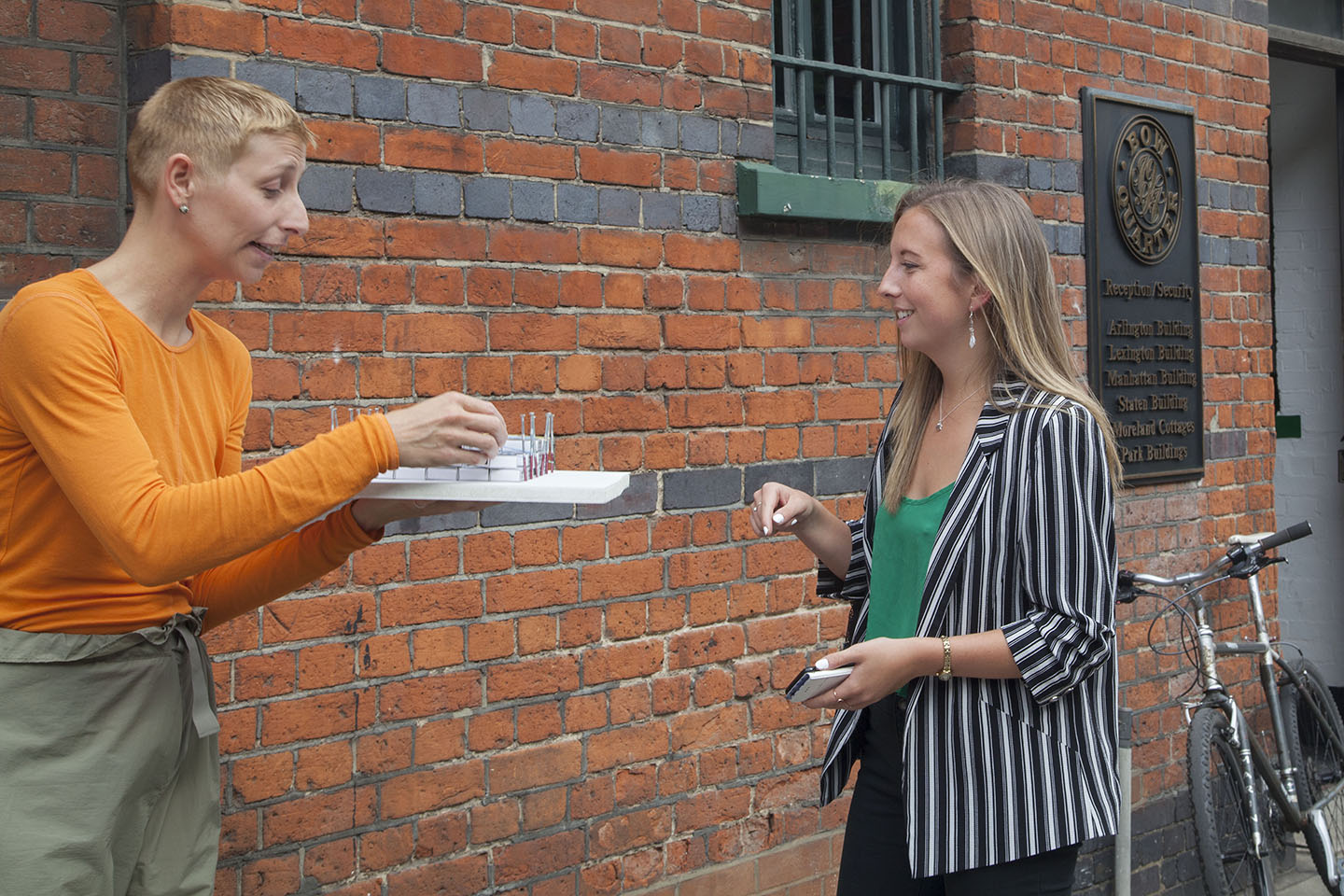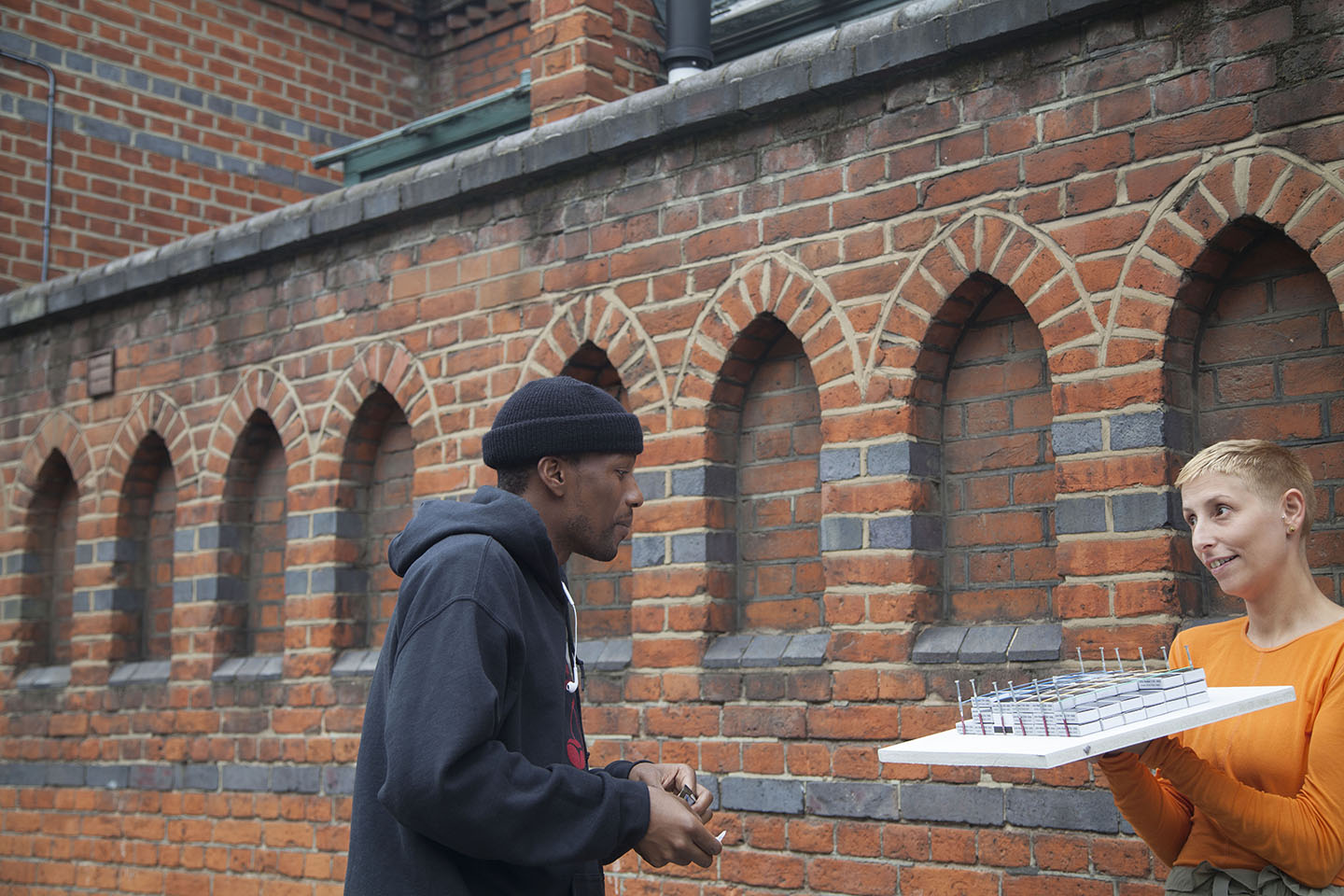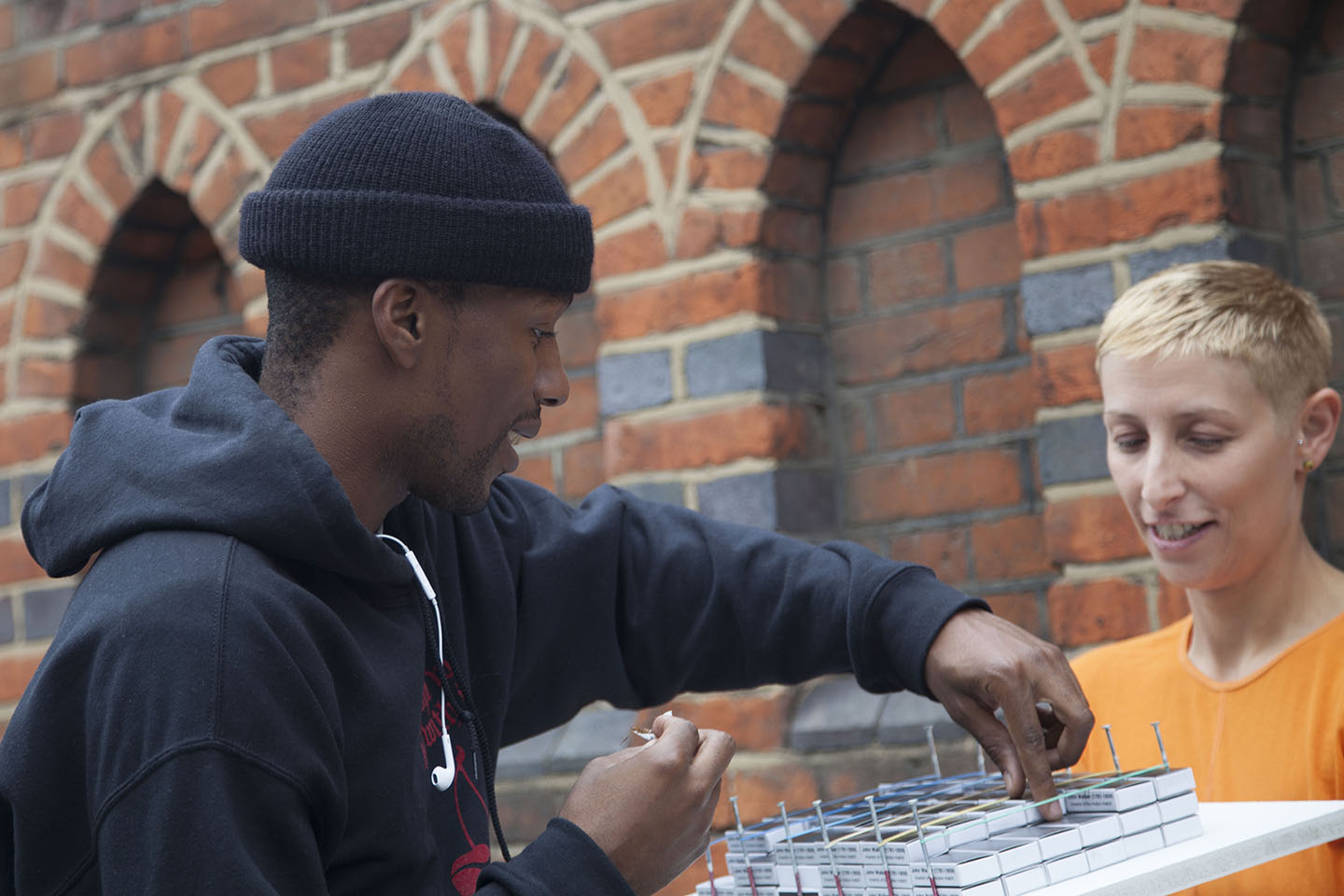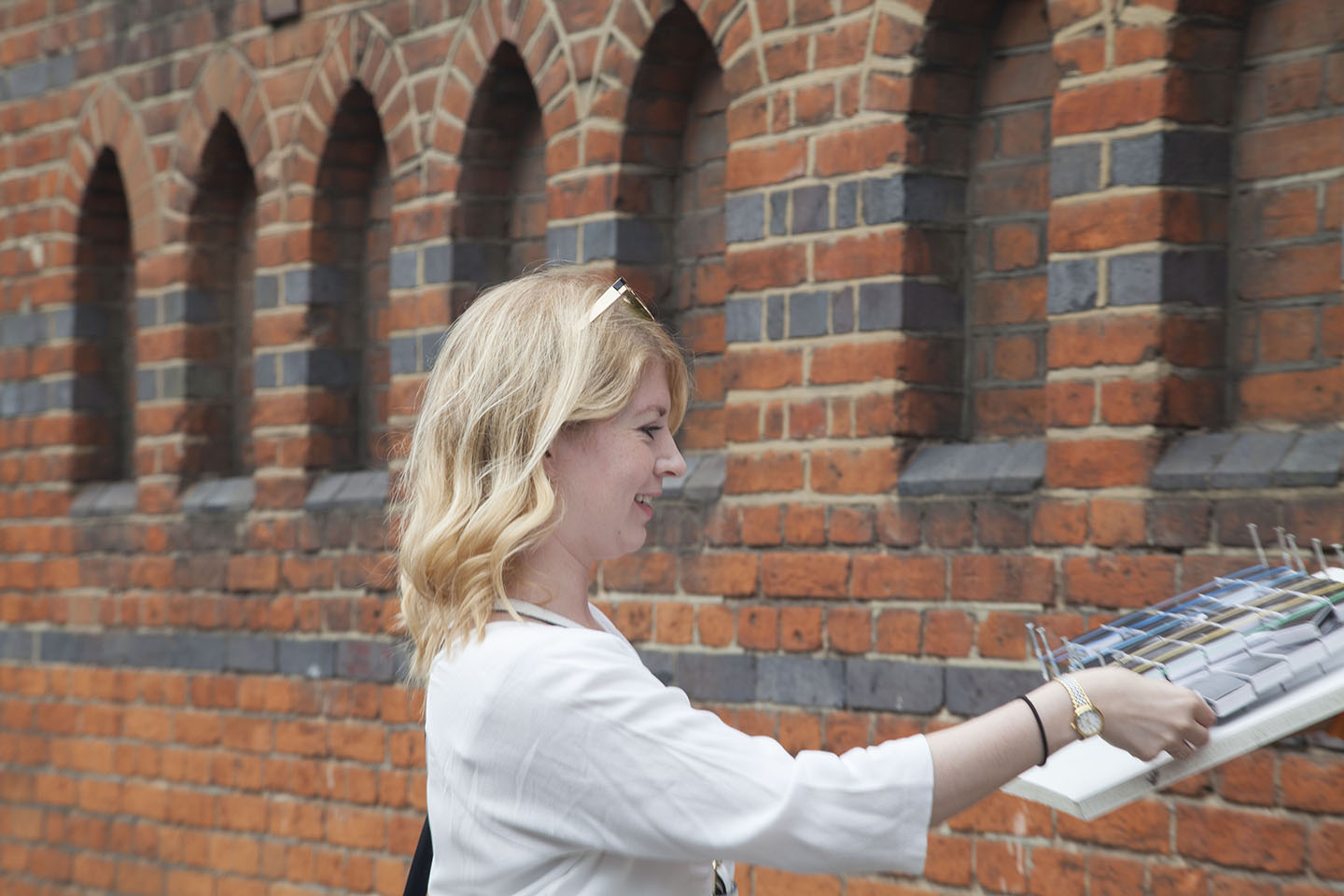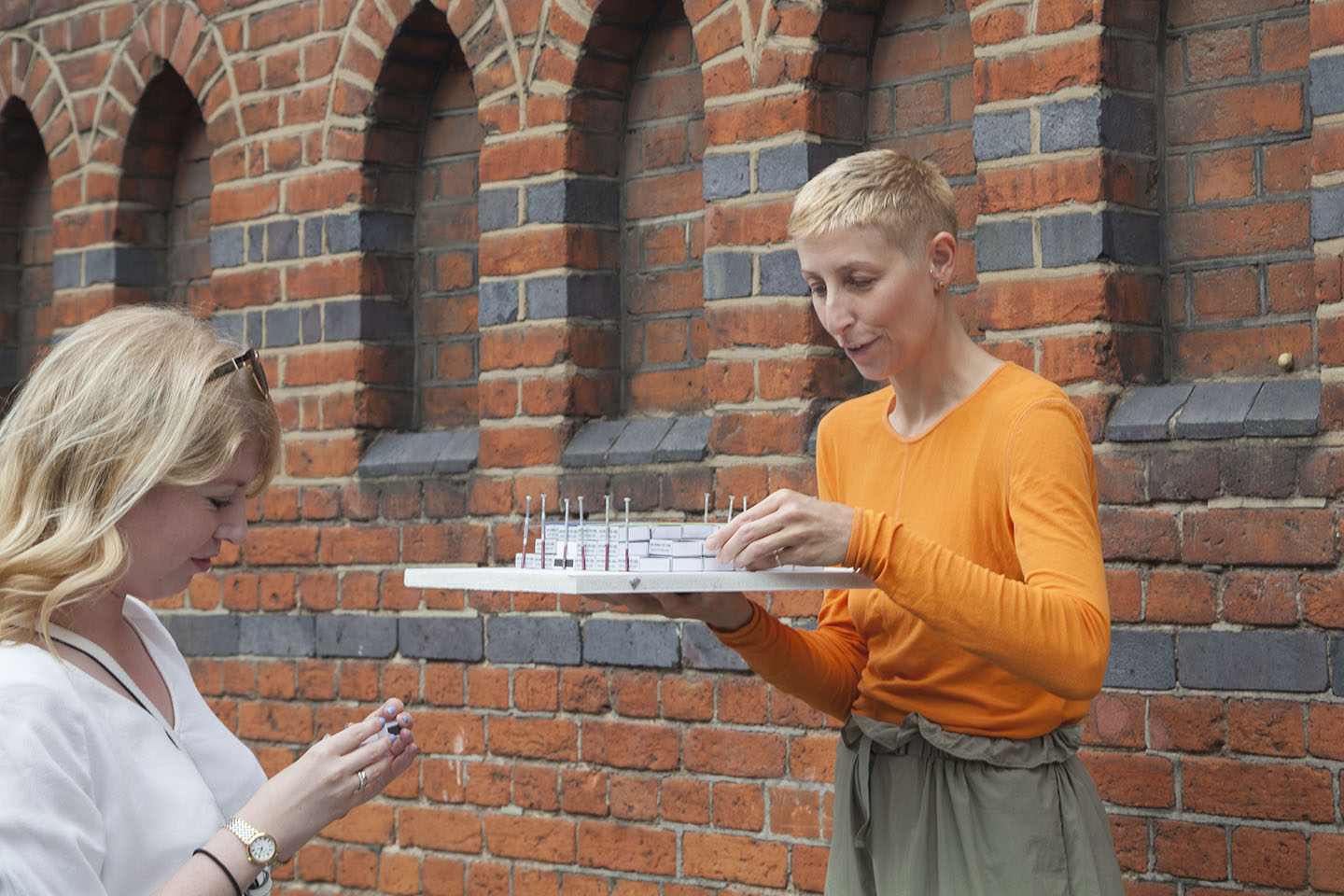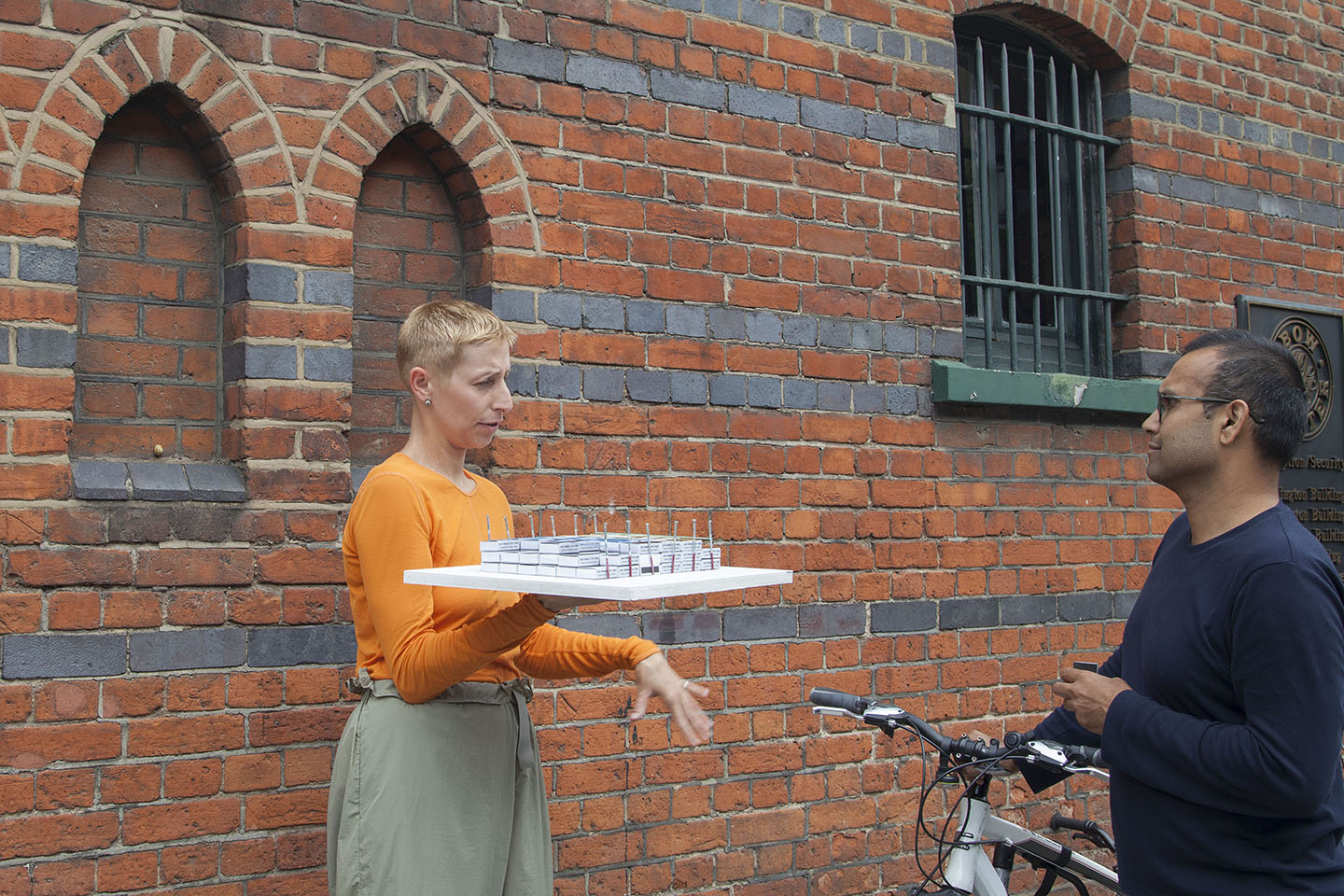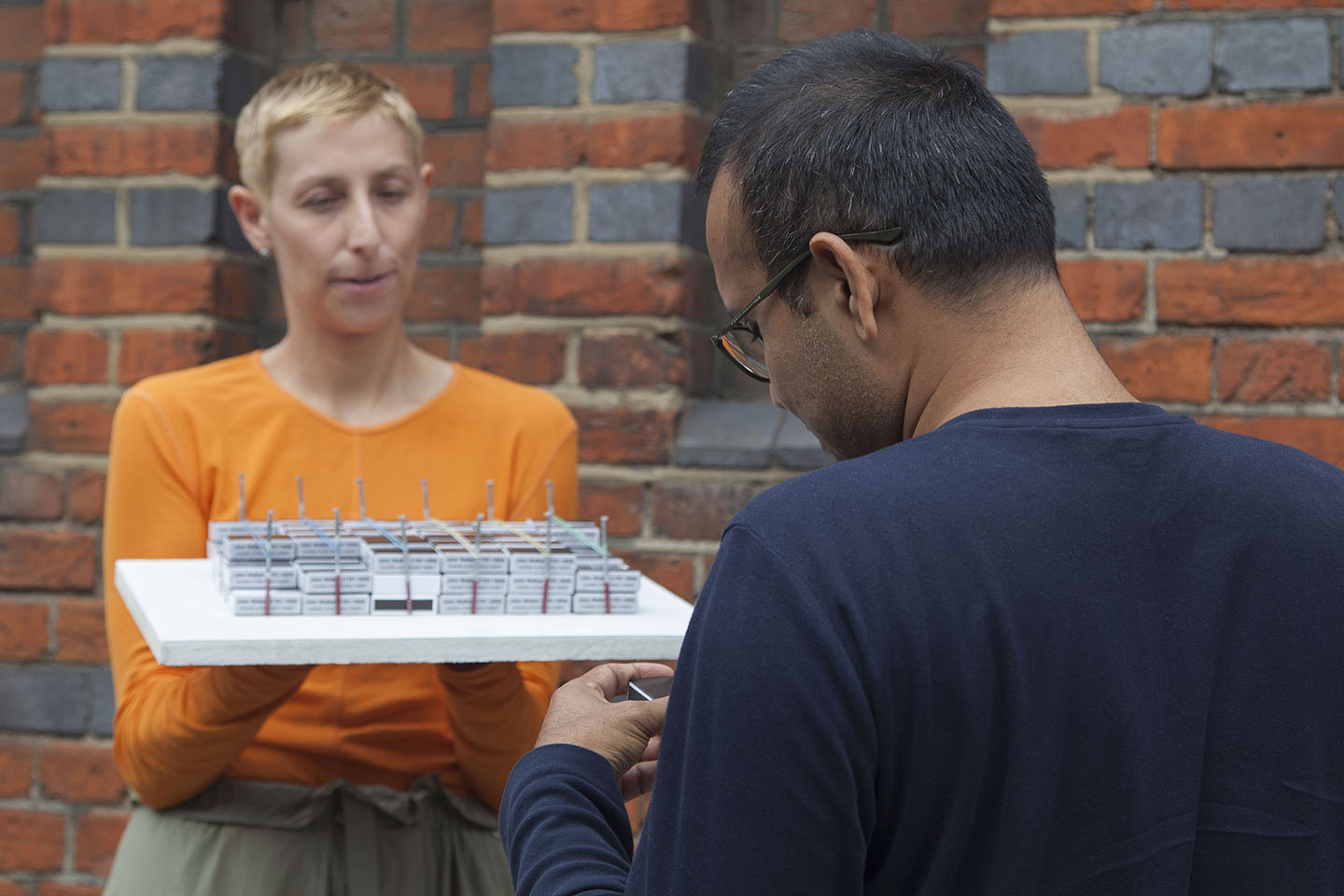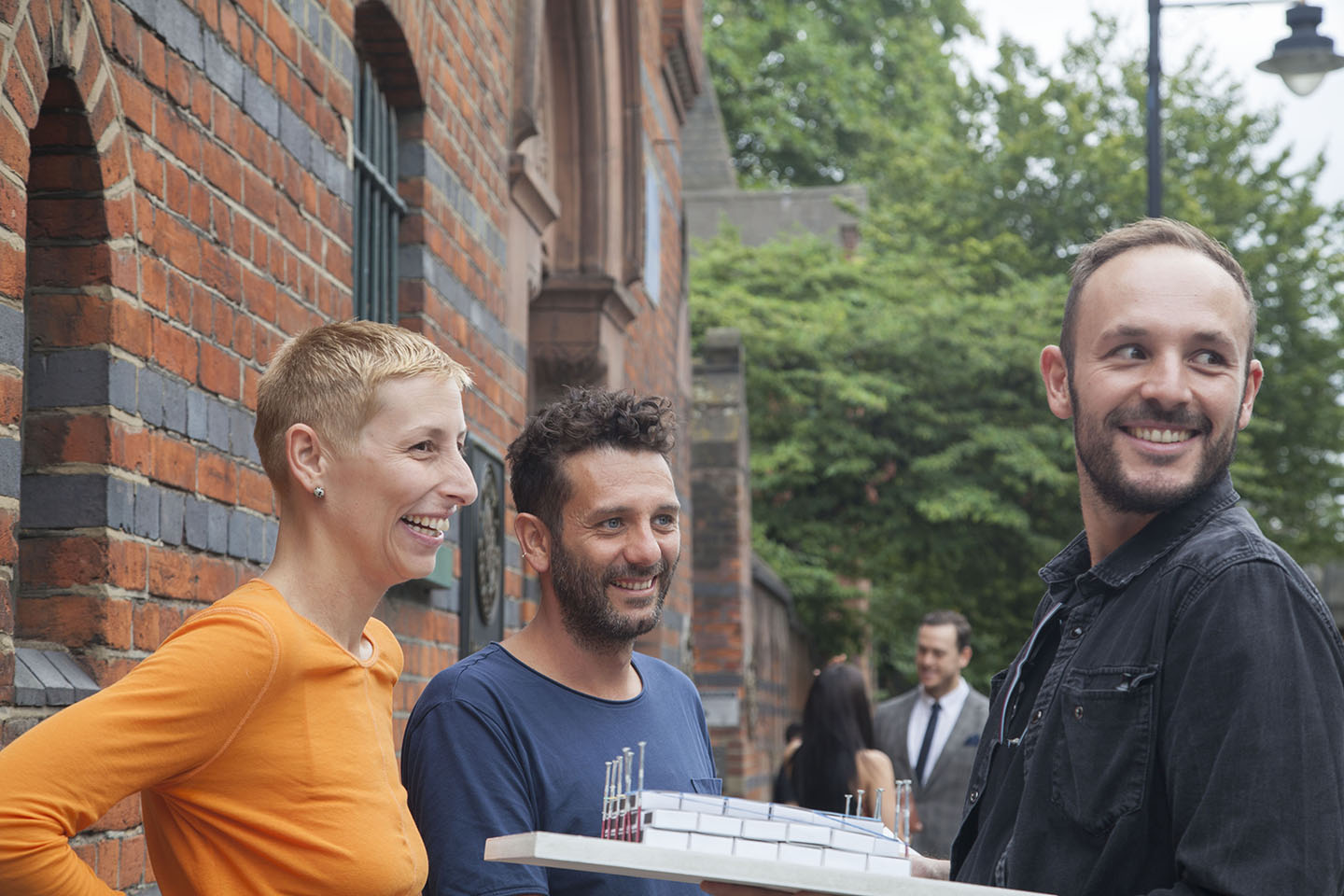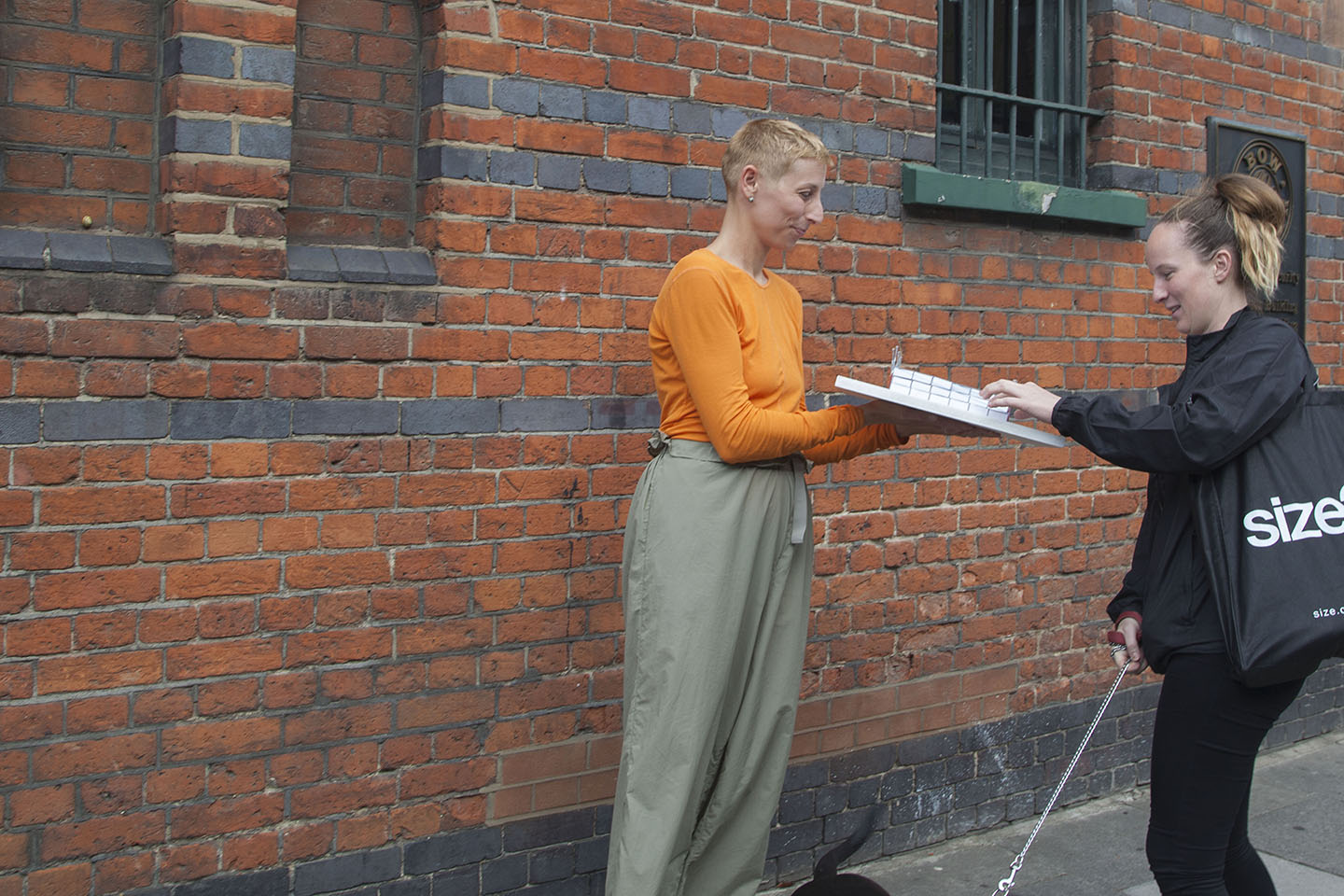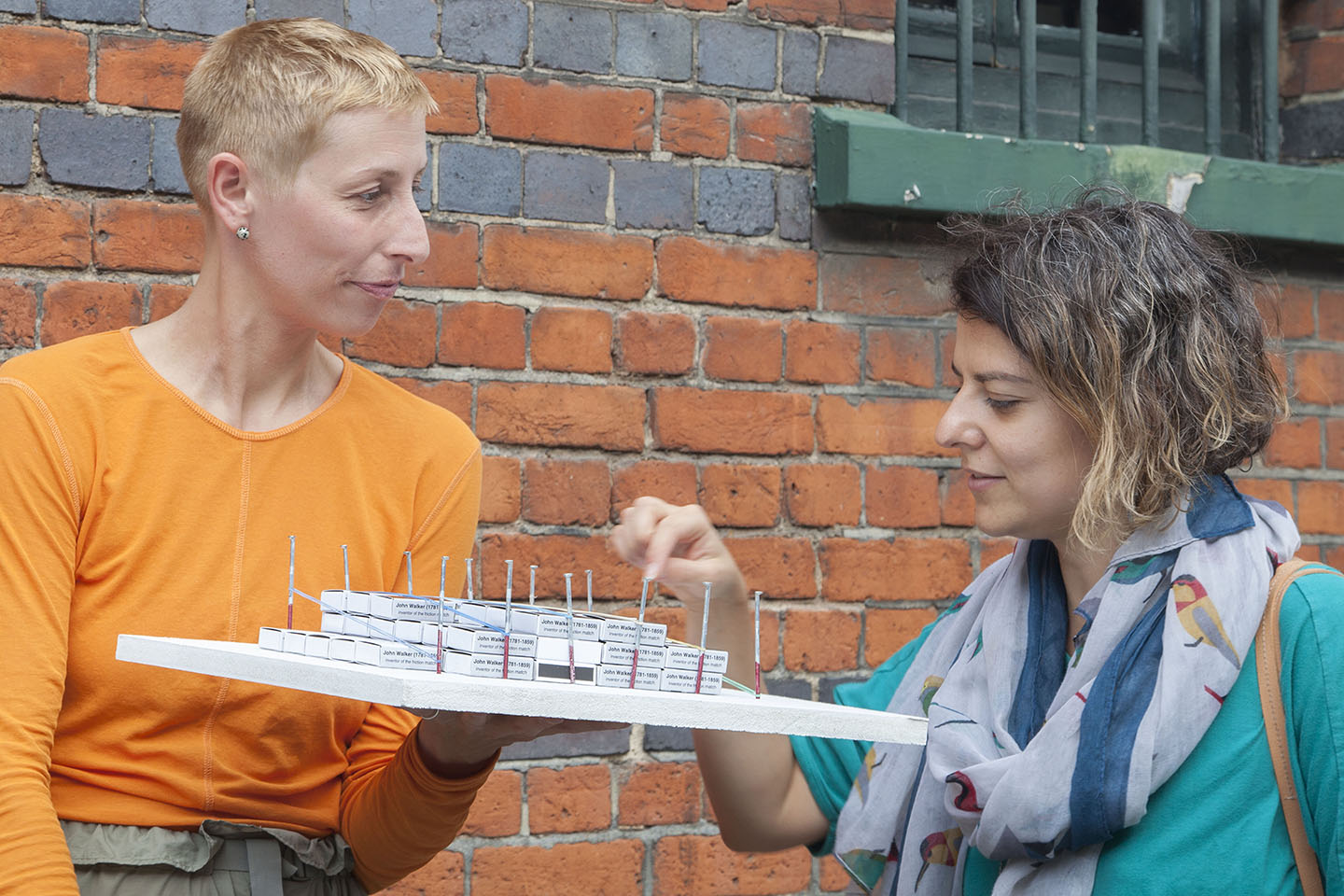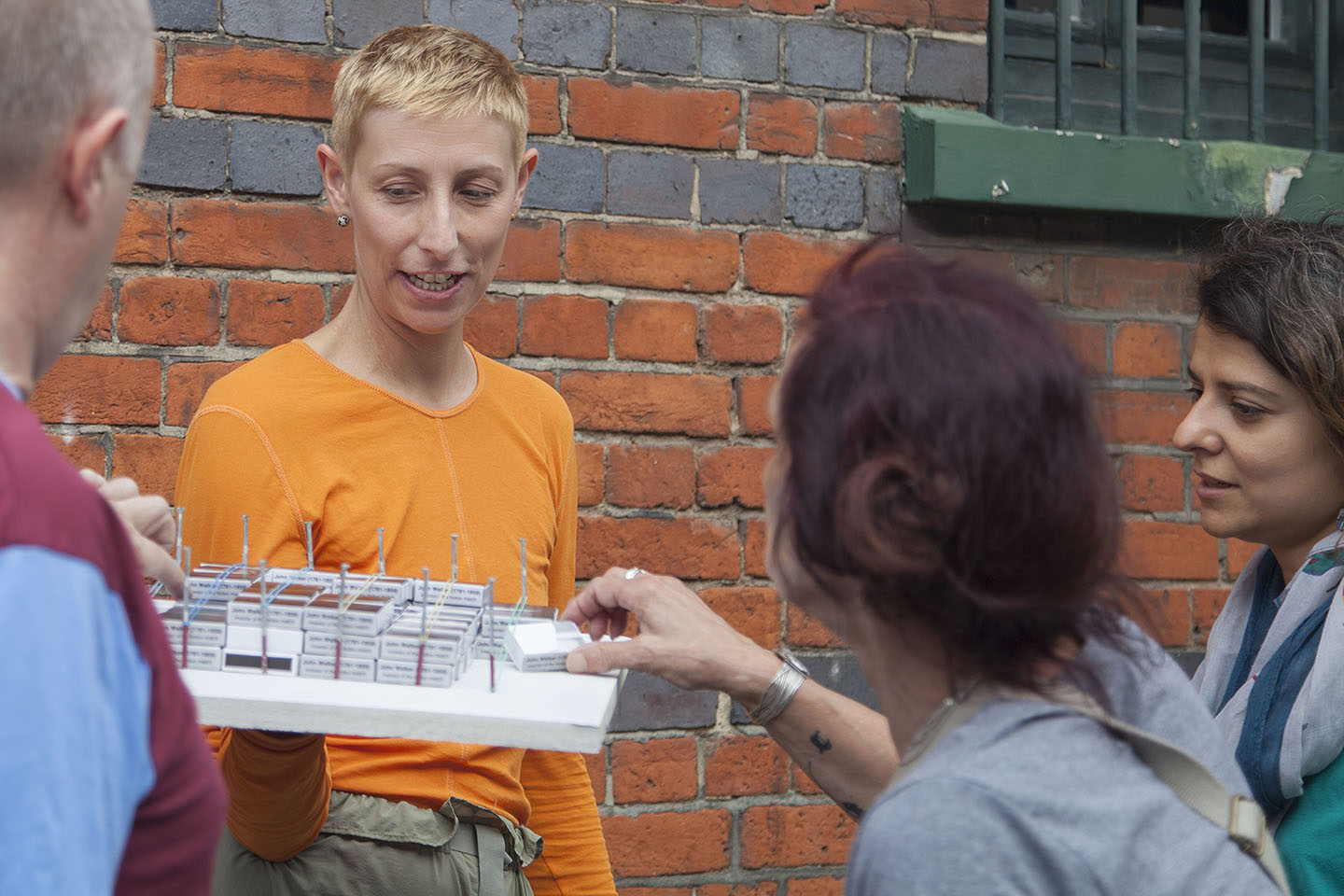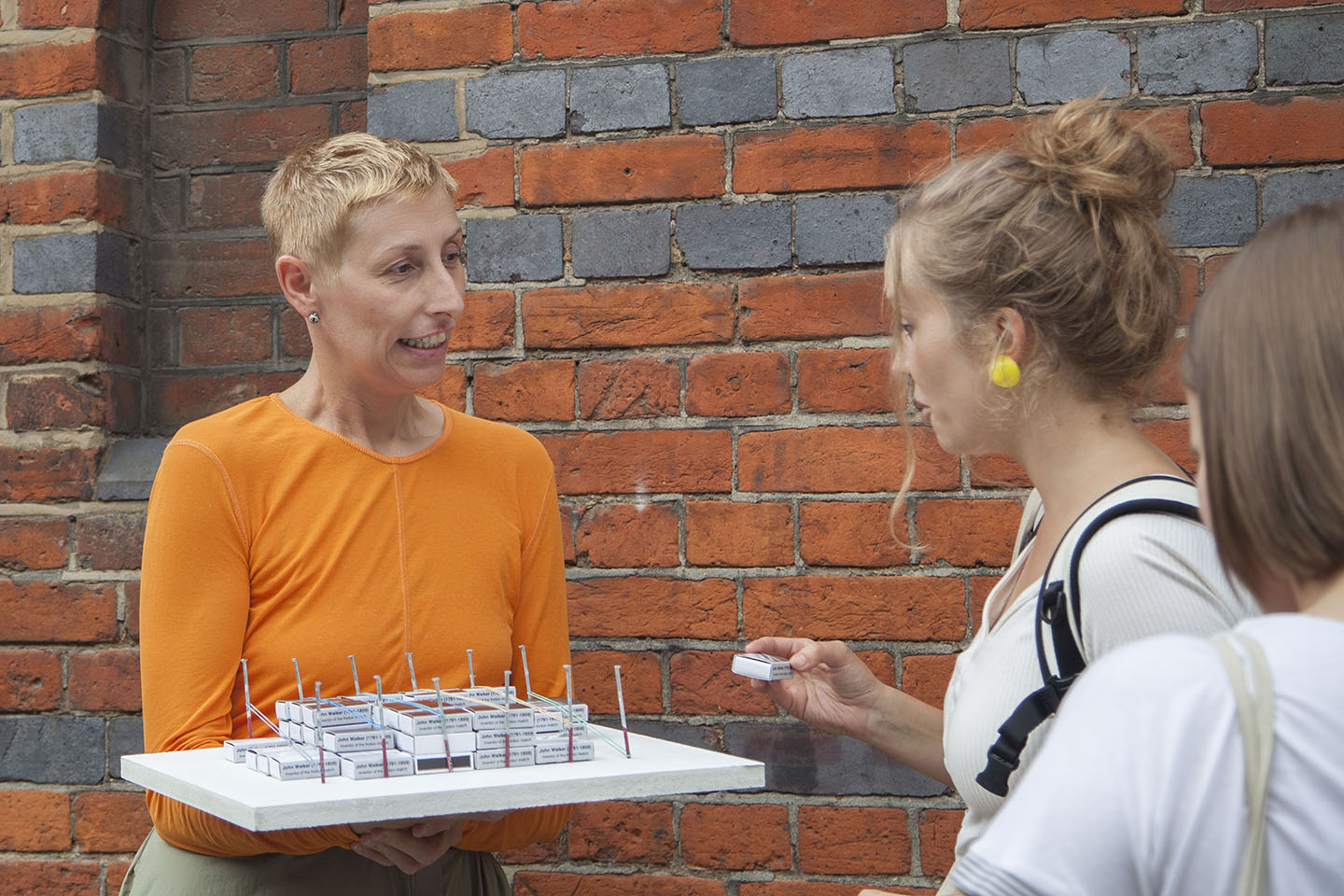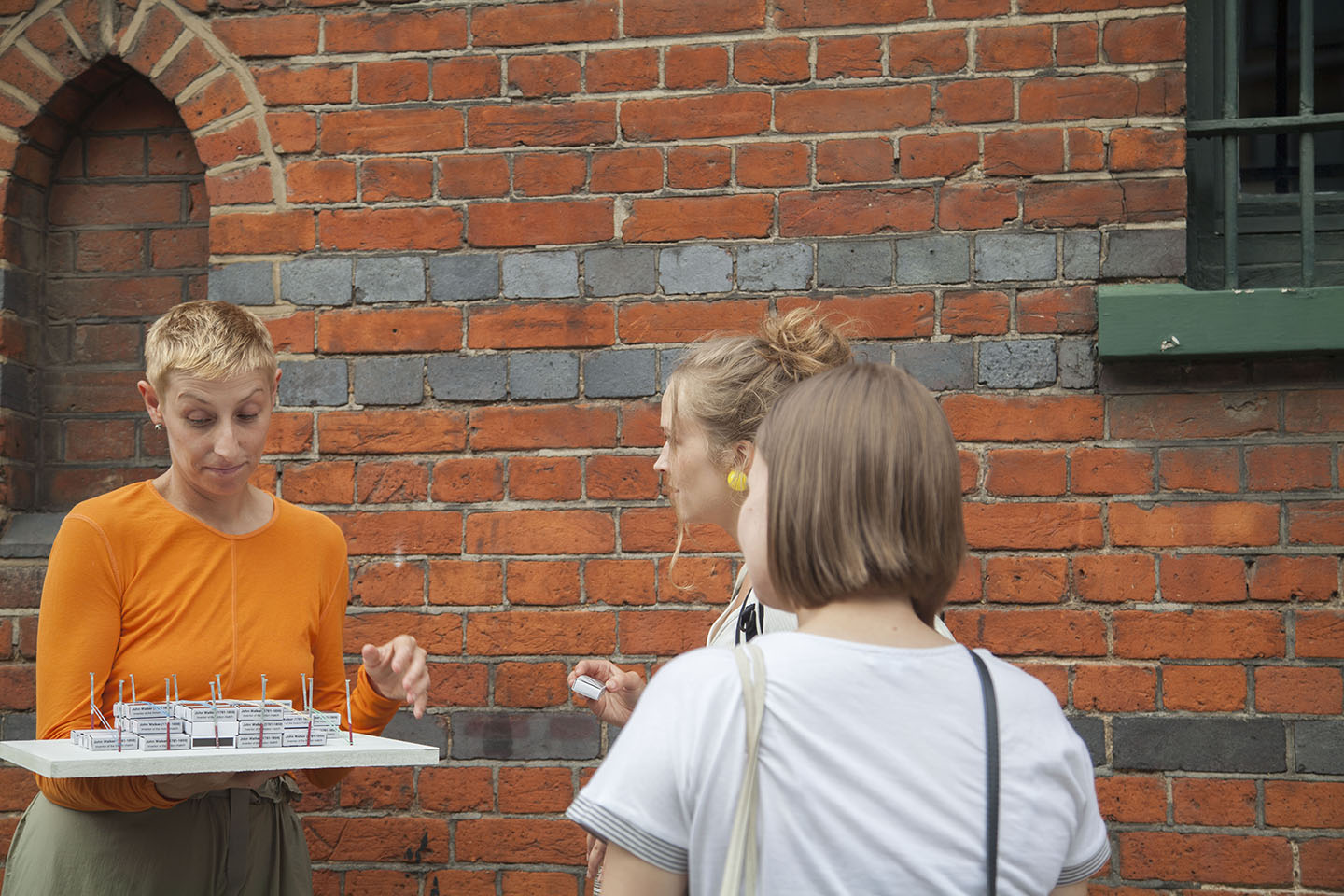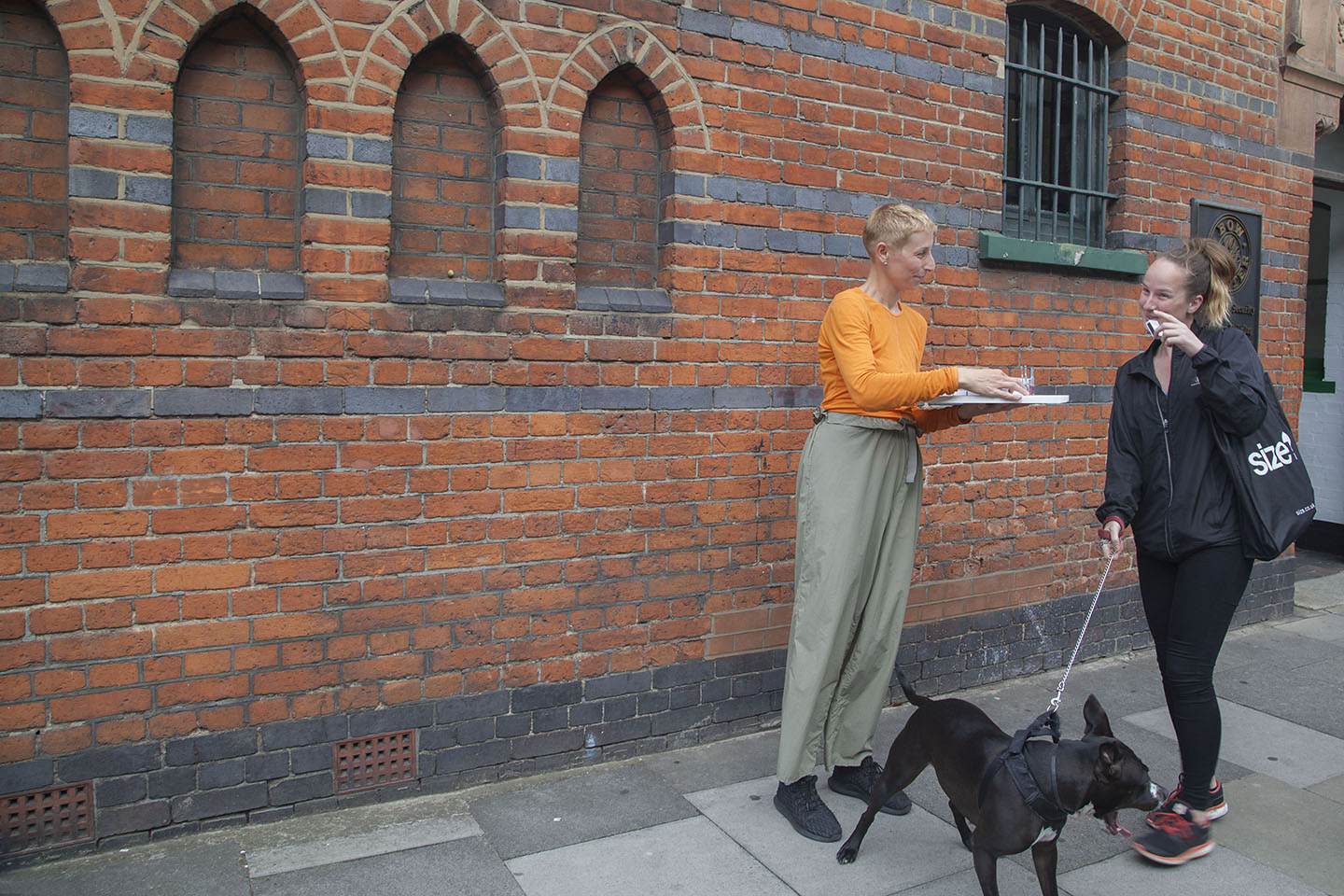Immortalised: the people loved, left and lost in our landscape
A free exhibition at the Workshop, Lambeth, London
30 August – 16 September 2018
For millennia, we have celebrated and mourned, marked and memorialised. Through our culture, places, stories and rituals we pass down what matters to us.
It is how we make people immortal.
But who decides who and how we remember?
Immortalised explores the ways people and events have been commemorated in England, by the statues, the plaques, shrines and murals that mark heroic, quirky, inspirational and challenging lives. But while some people are heralded, others are unrepresented: women, the working classes and people of colour are much less likely to have a place on the plinth.
An immersive exhibition, Immortalised invites you to enter four giant monuments that hold the key to our memorial past and future. From a Trafalgar Square lion to the Brighton Peace ‘Angel,’ to the boots on the contested statue of Edward Colson in Bristol, these will each explore how, why and who we remember, from the well-loved and famous, to the lost local hero.
Immortalised also reviews the challenging histories of some of those celebrated, and looks at how we might immortalise in the future, long after we are gone and perhaps, forgotten.
Open:
30 August until 16 September 2018
Wednesday to Sunday 10am to 5pm
Location:
The Workshop, 26 Lambeth High Street, Lambeth, London SE1 7AG



